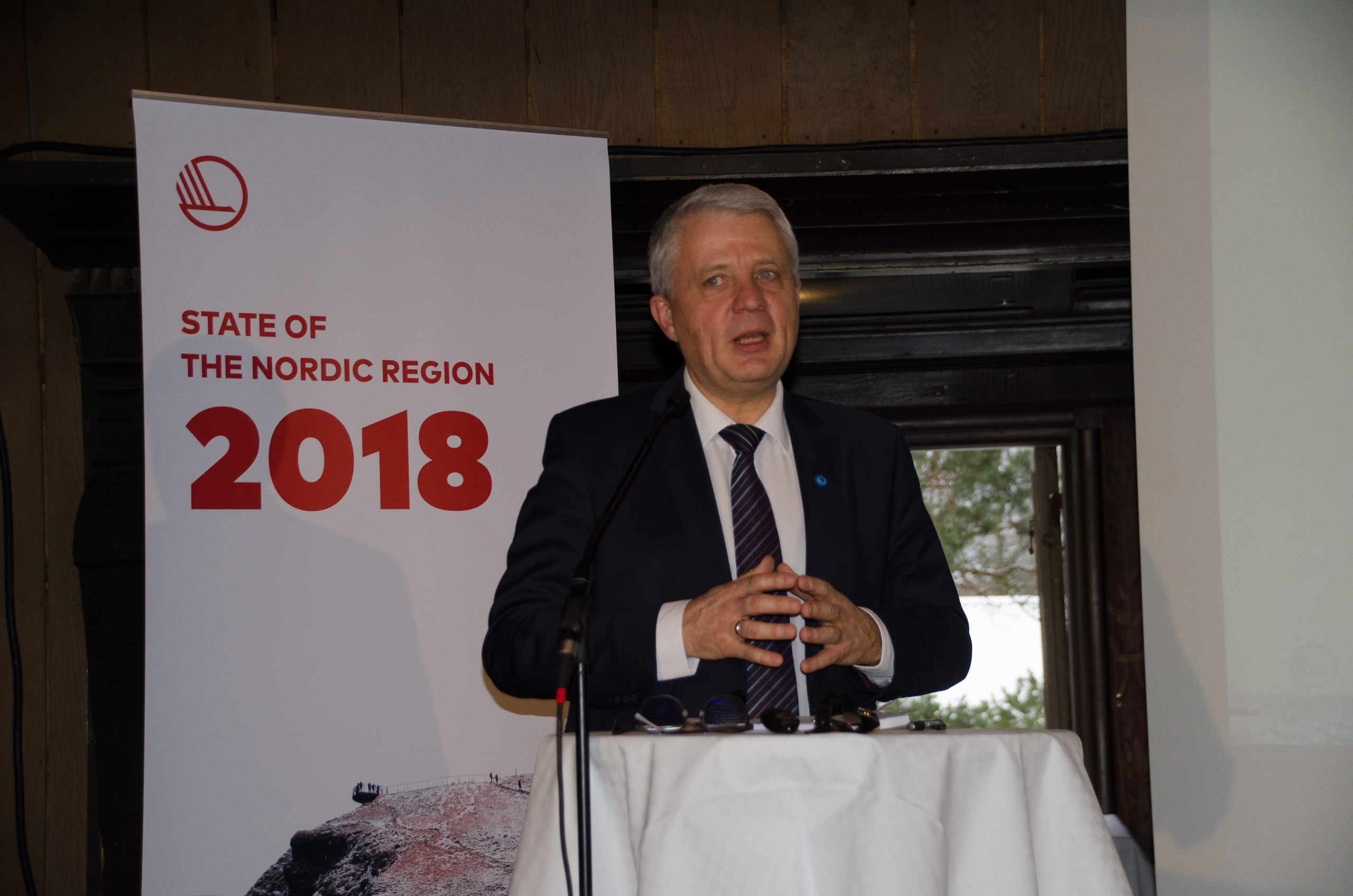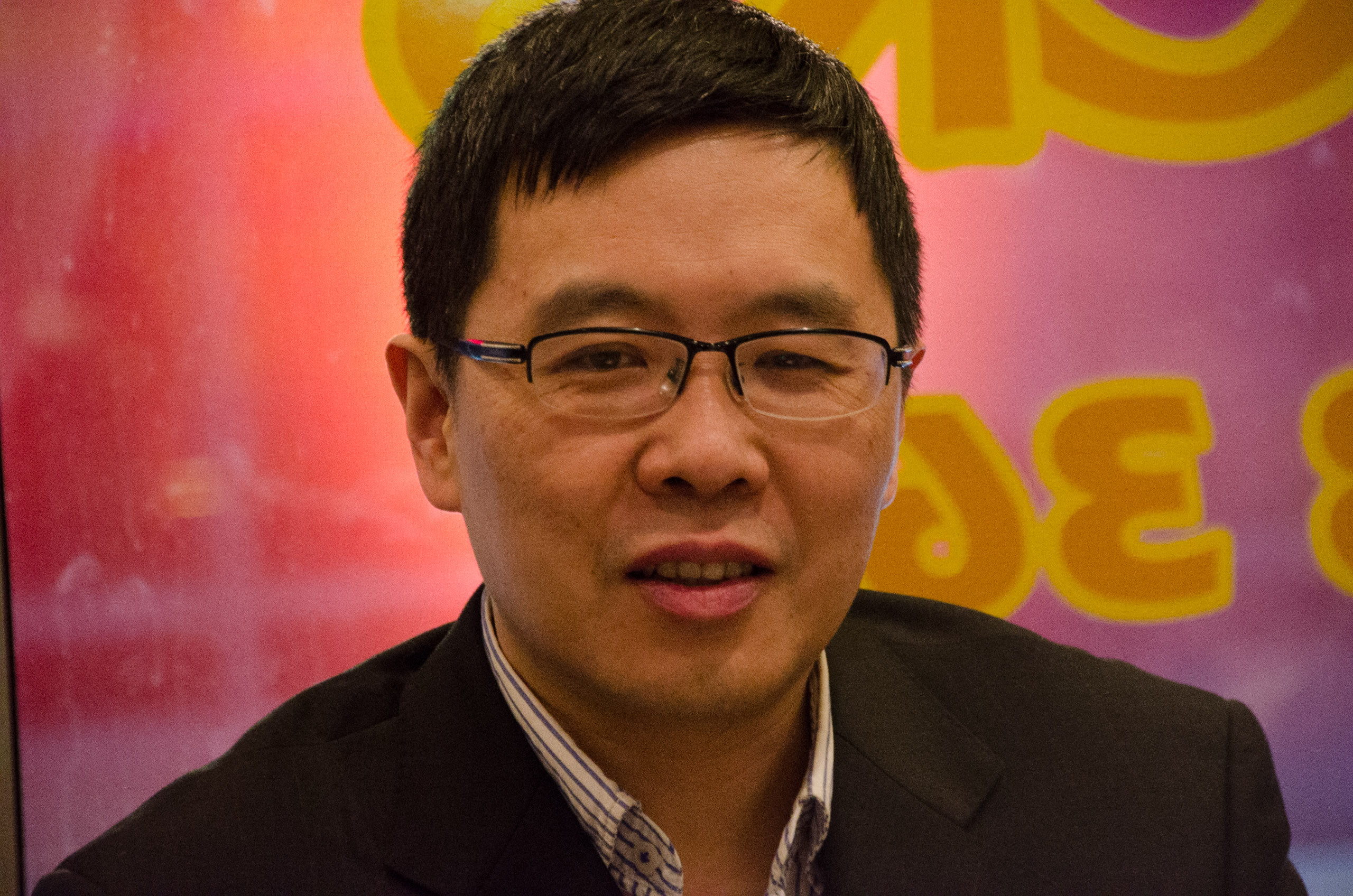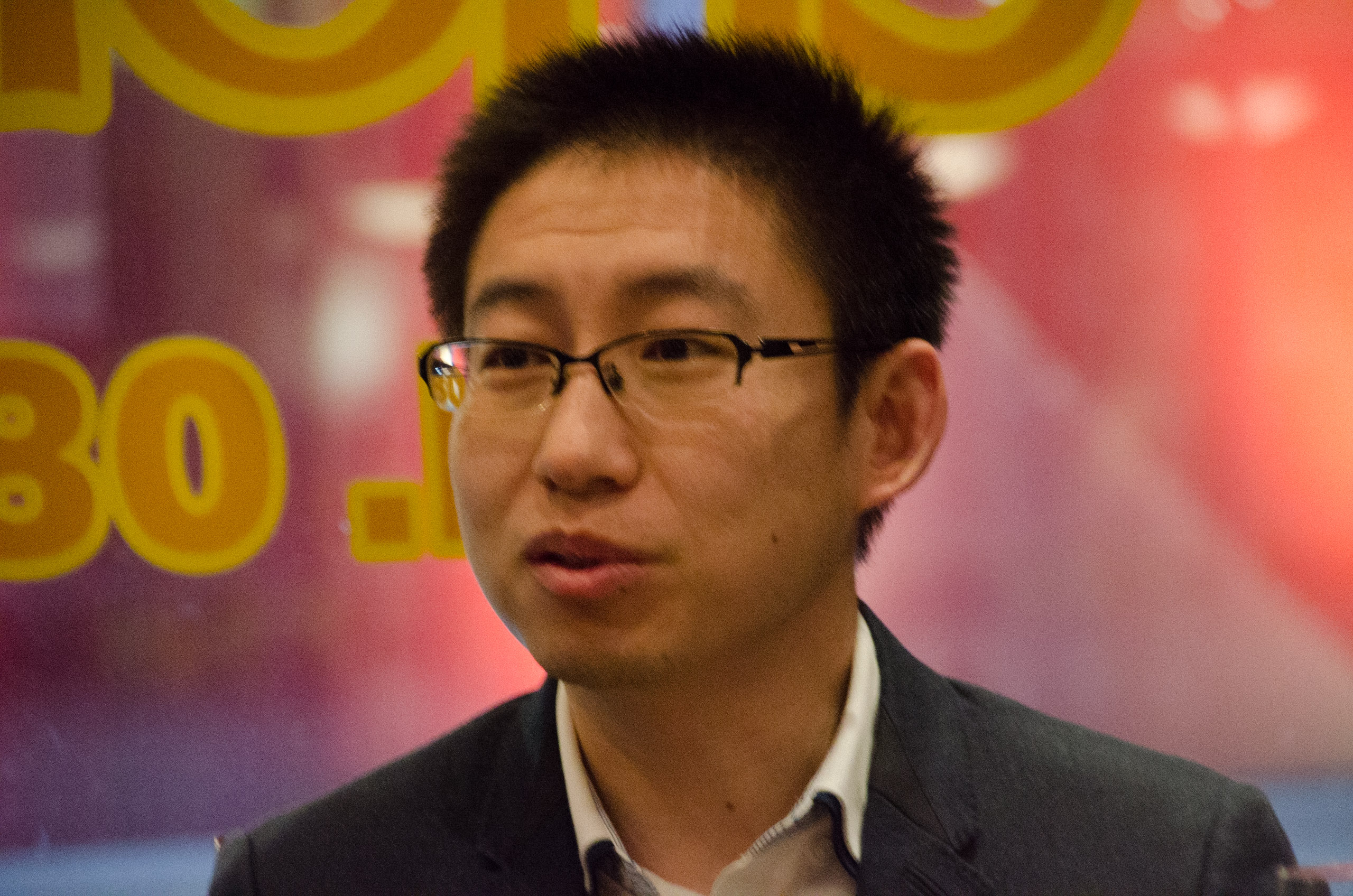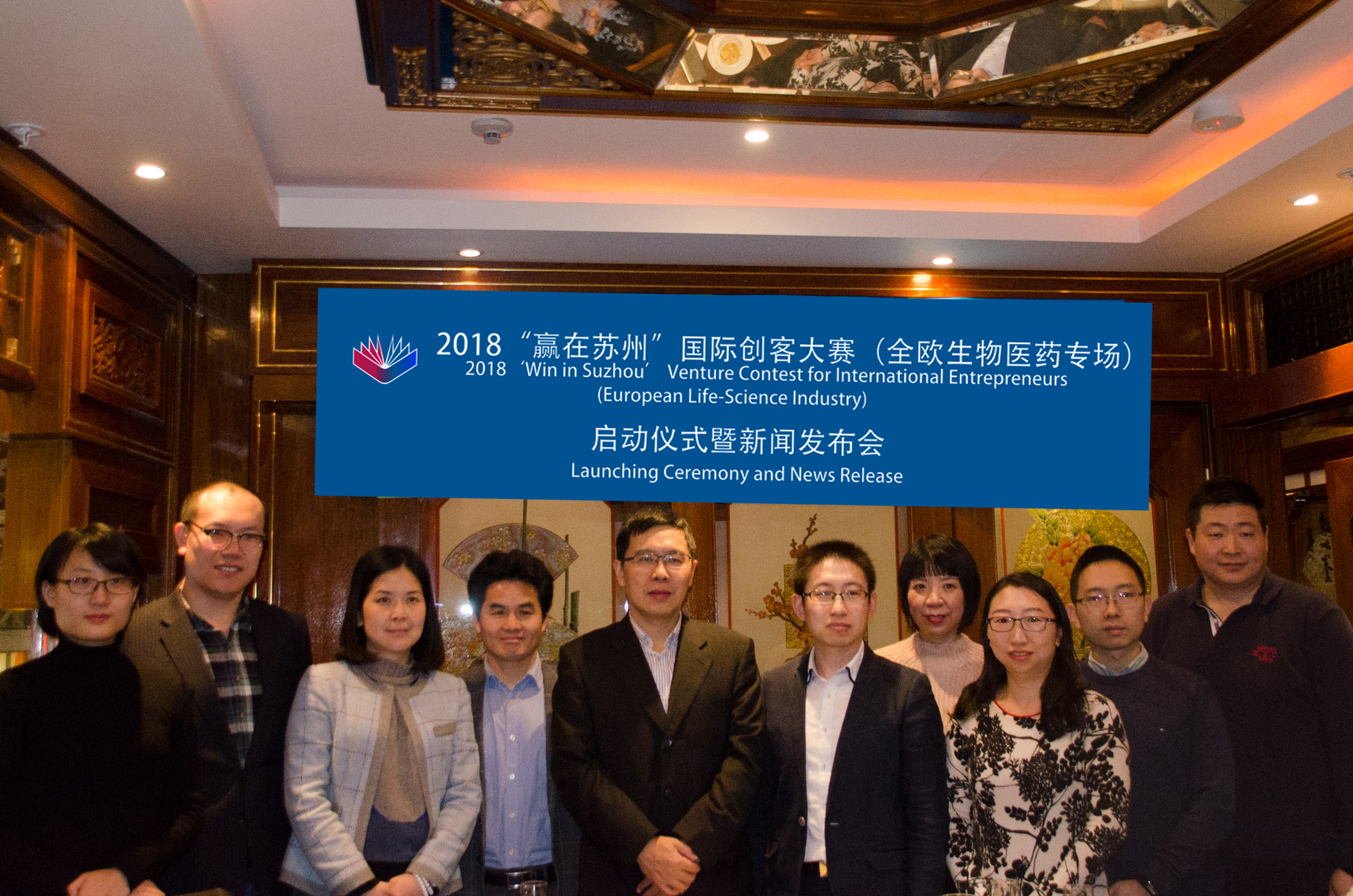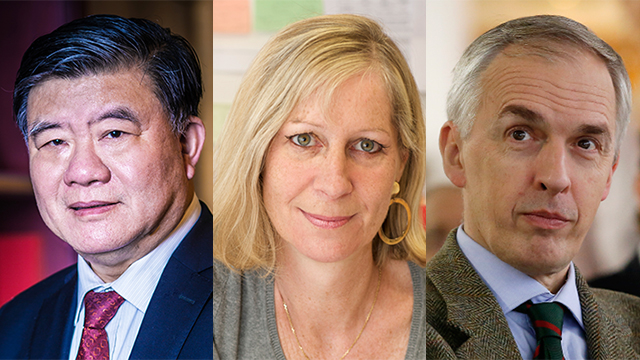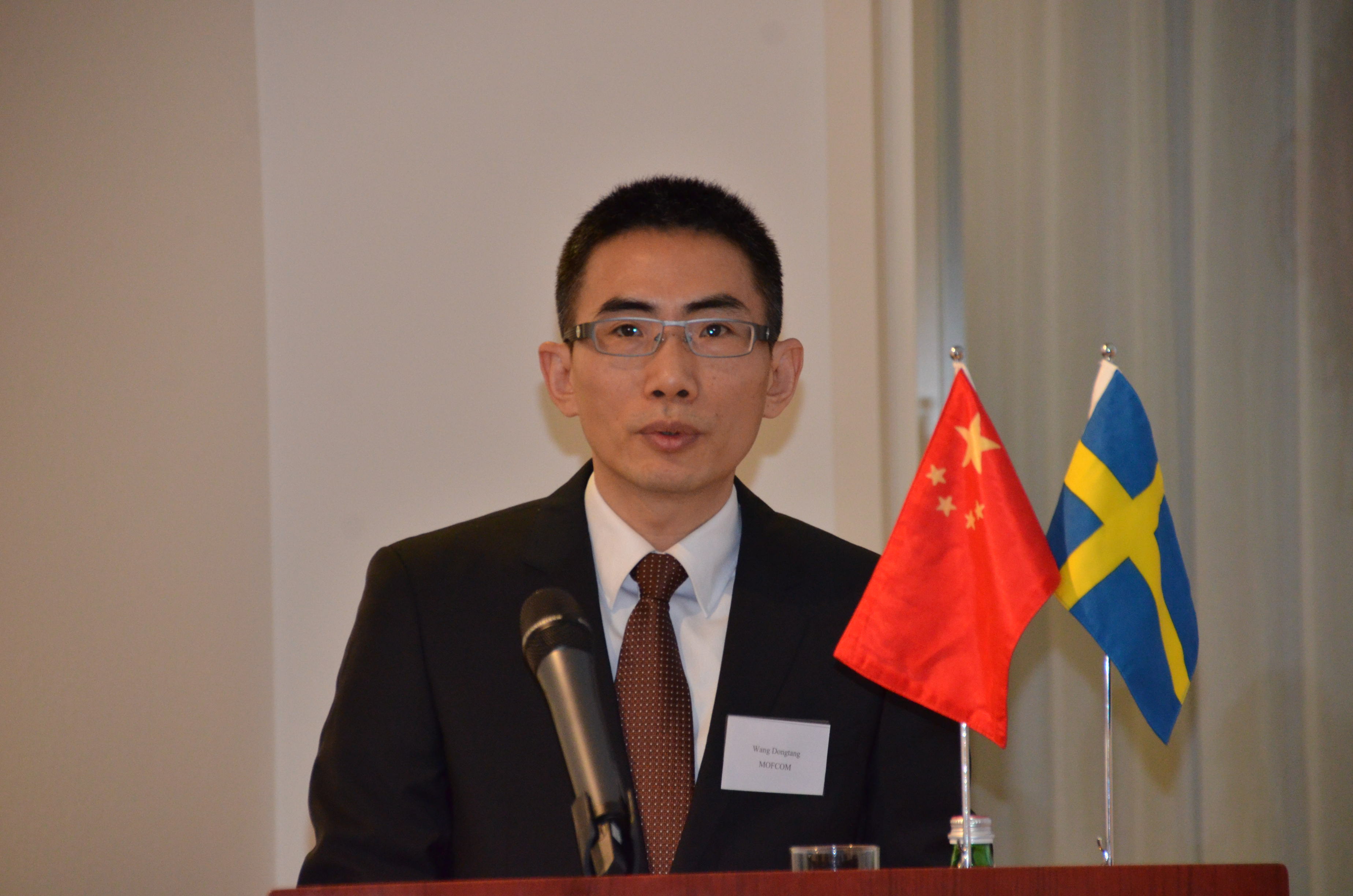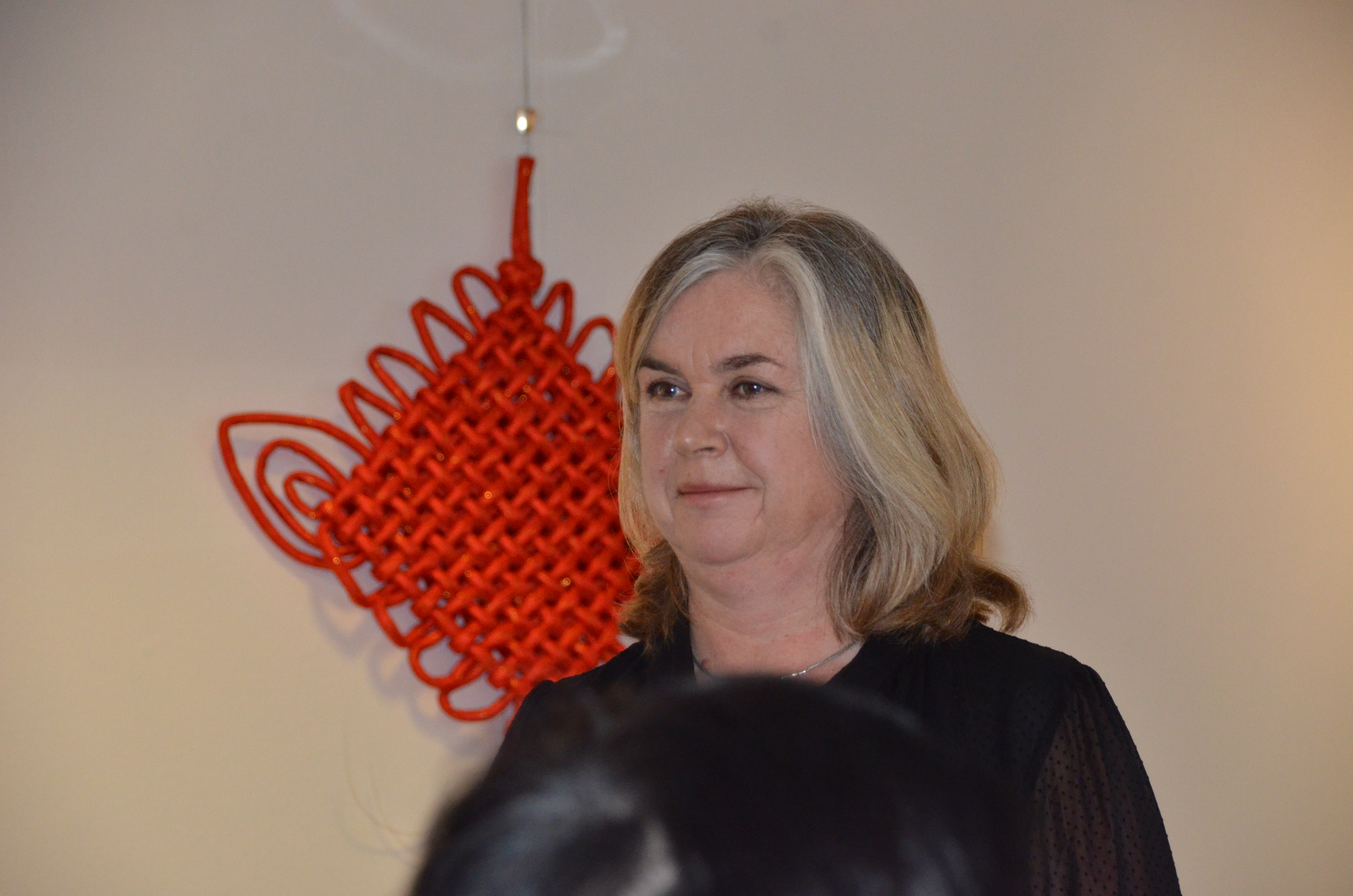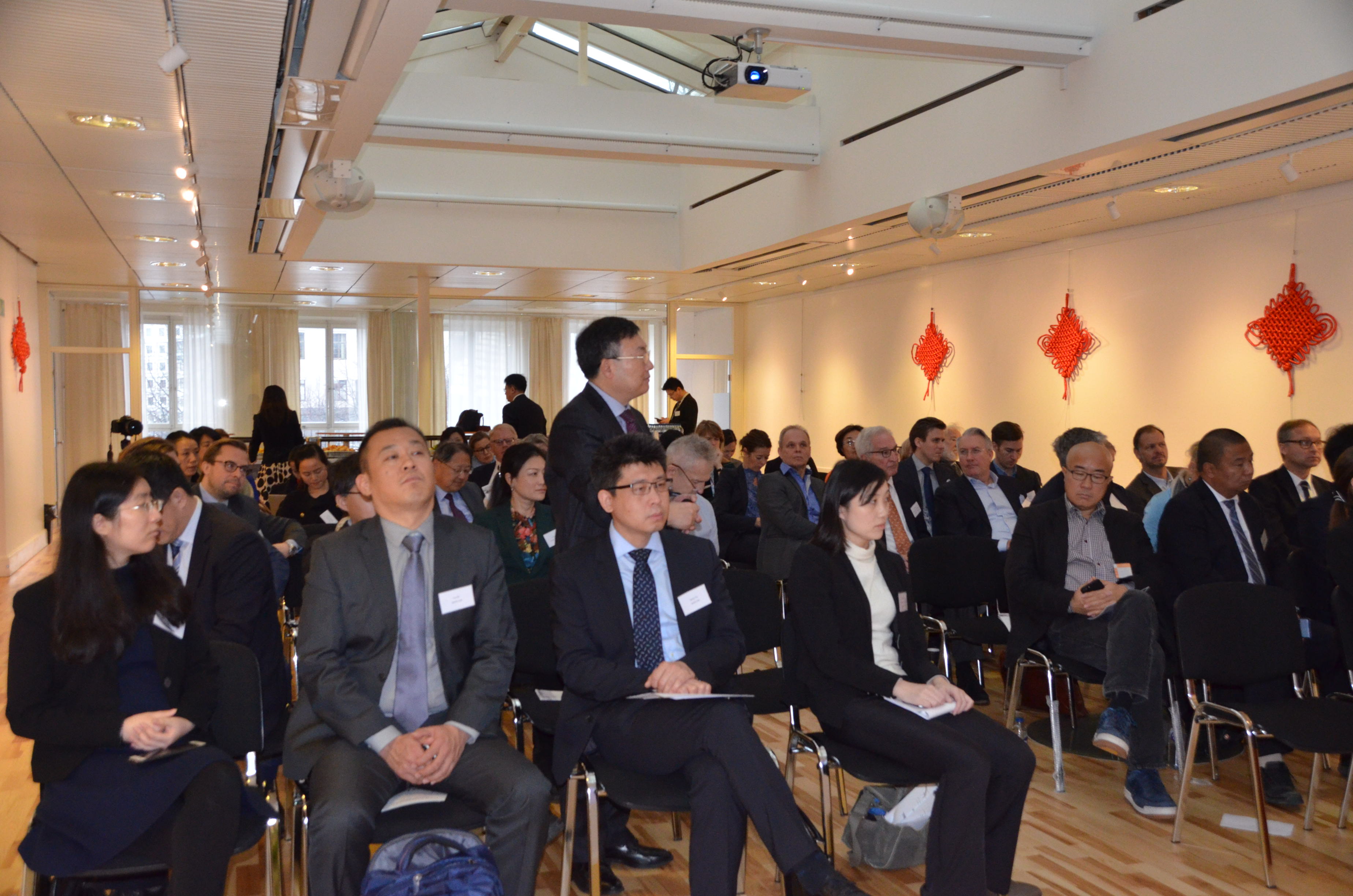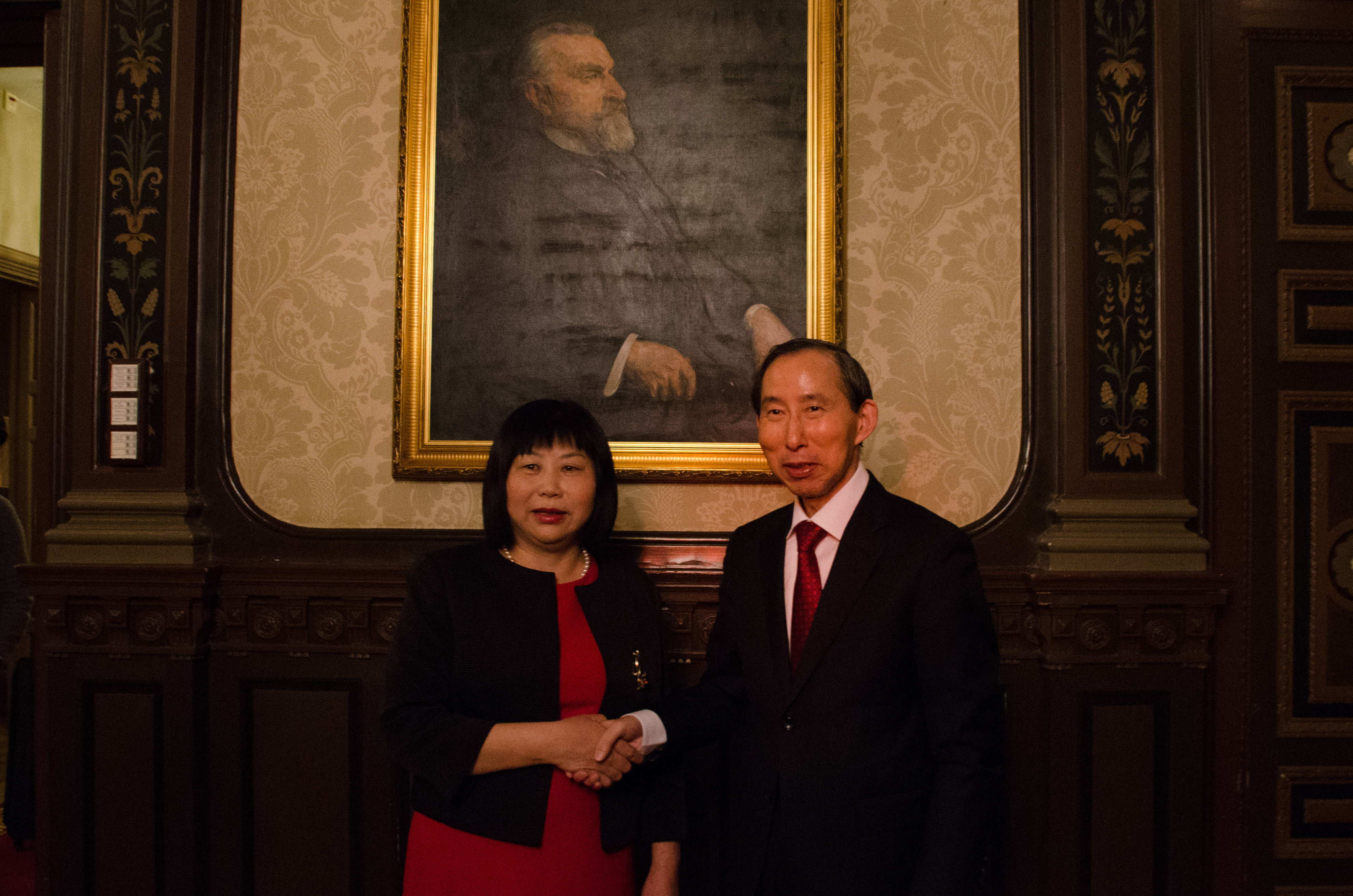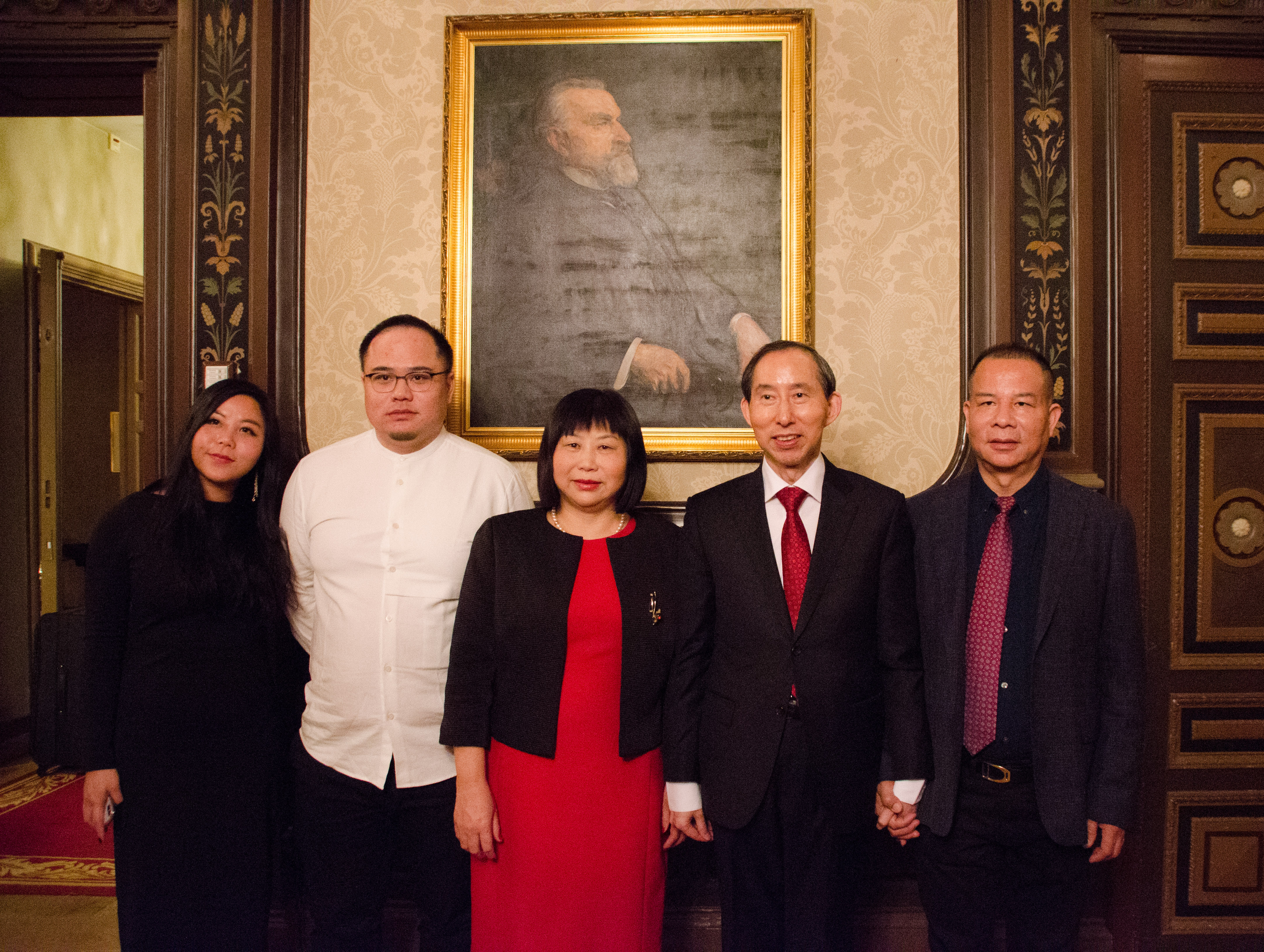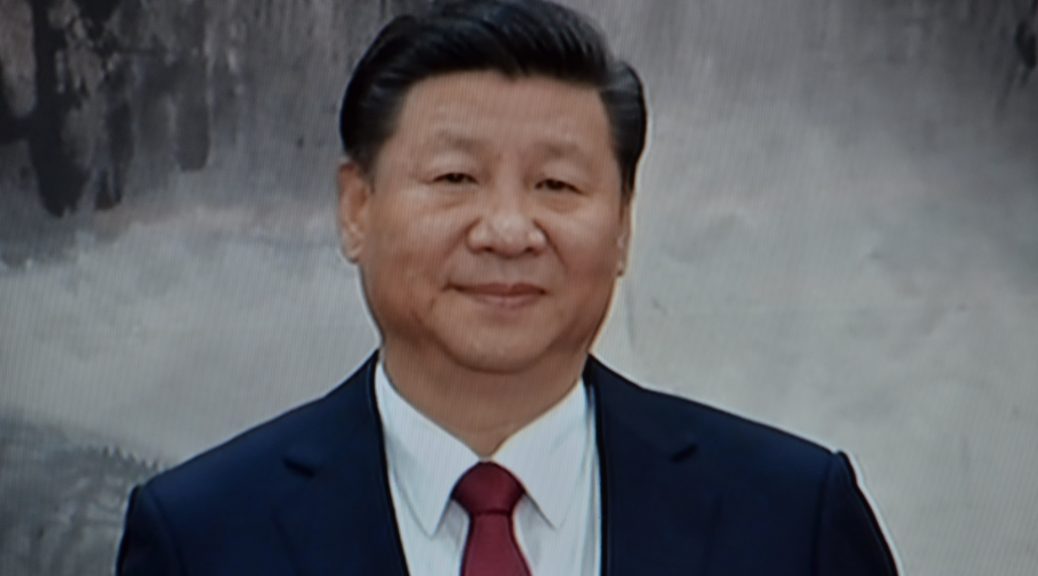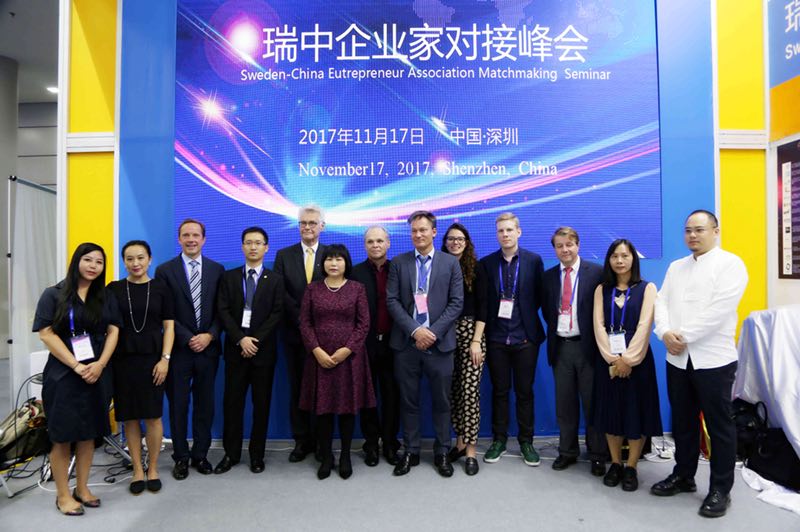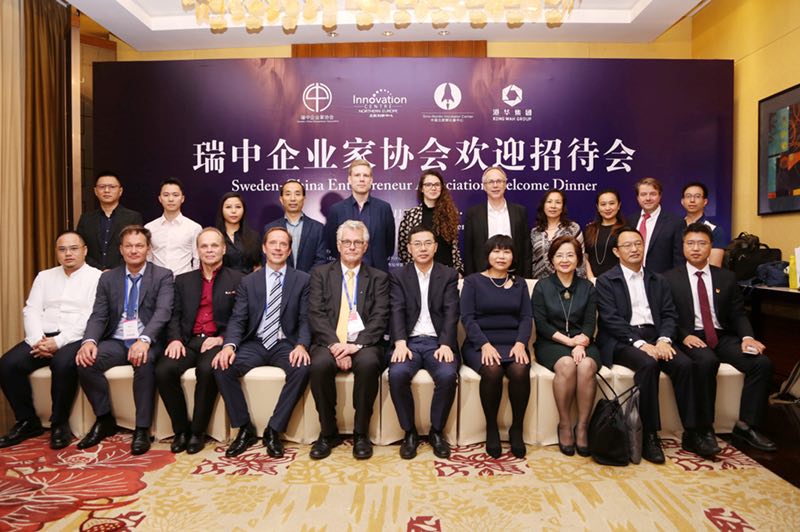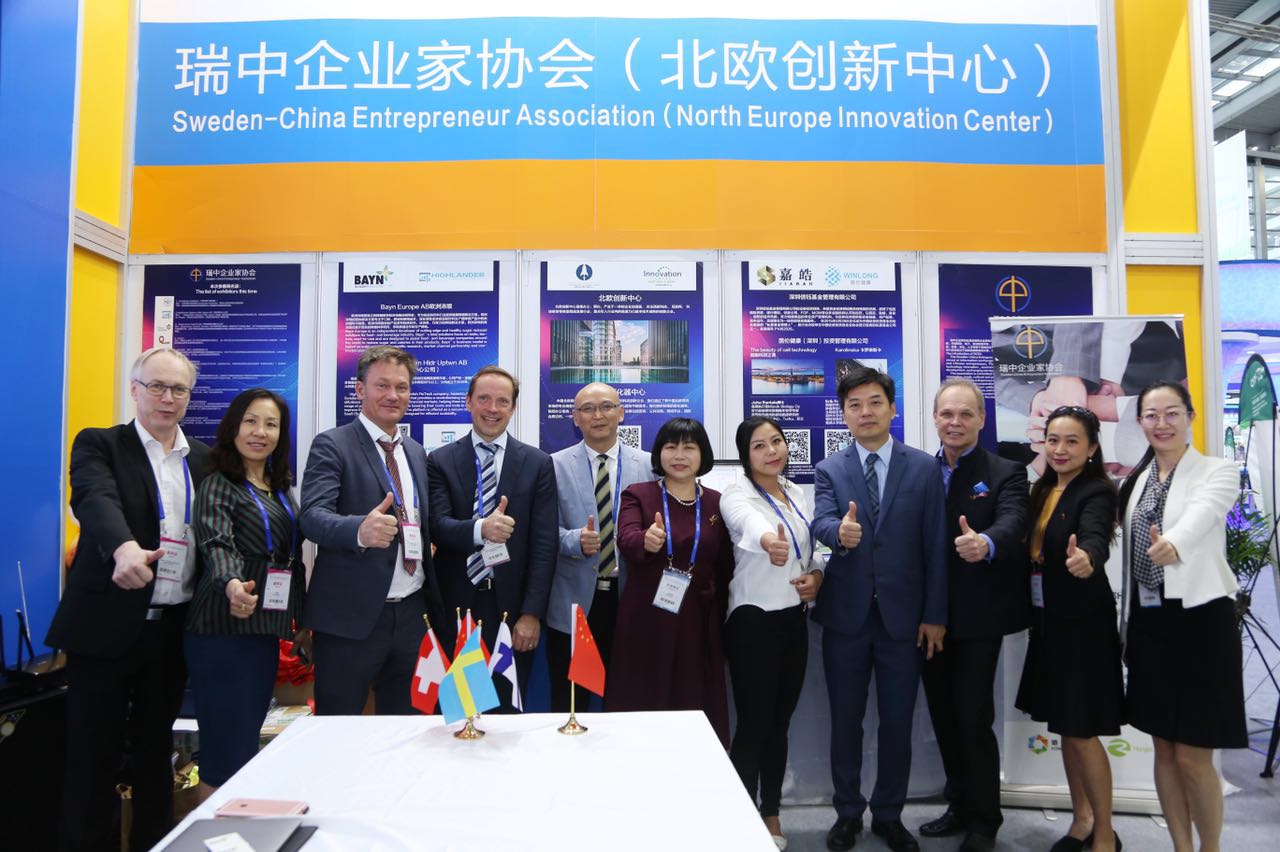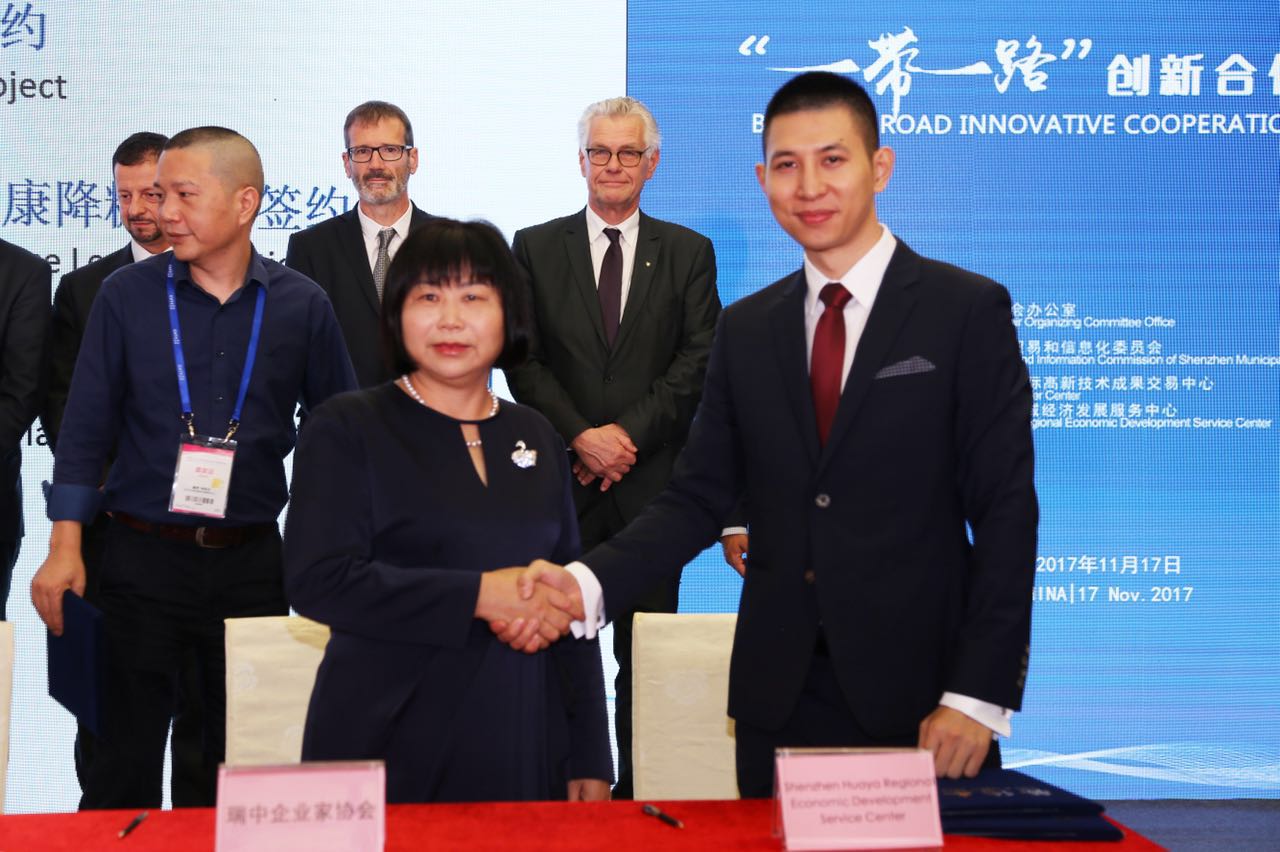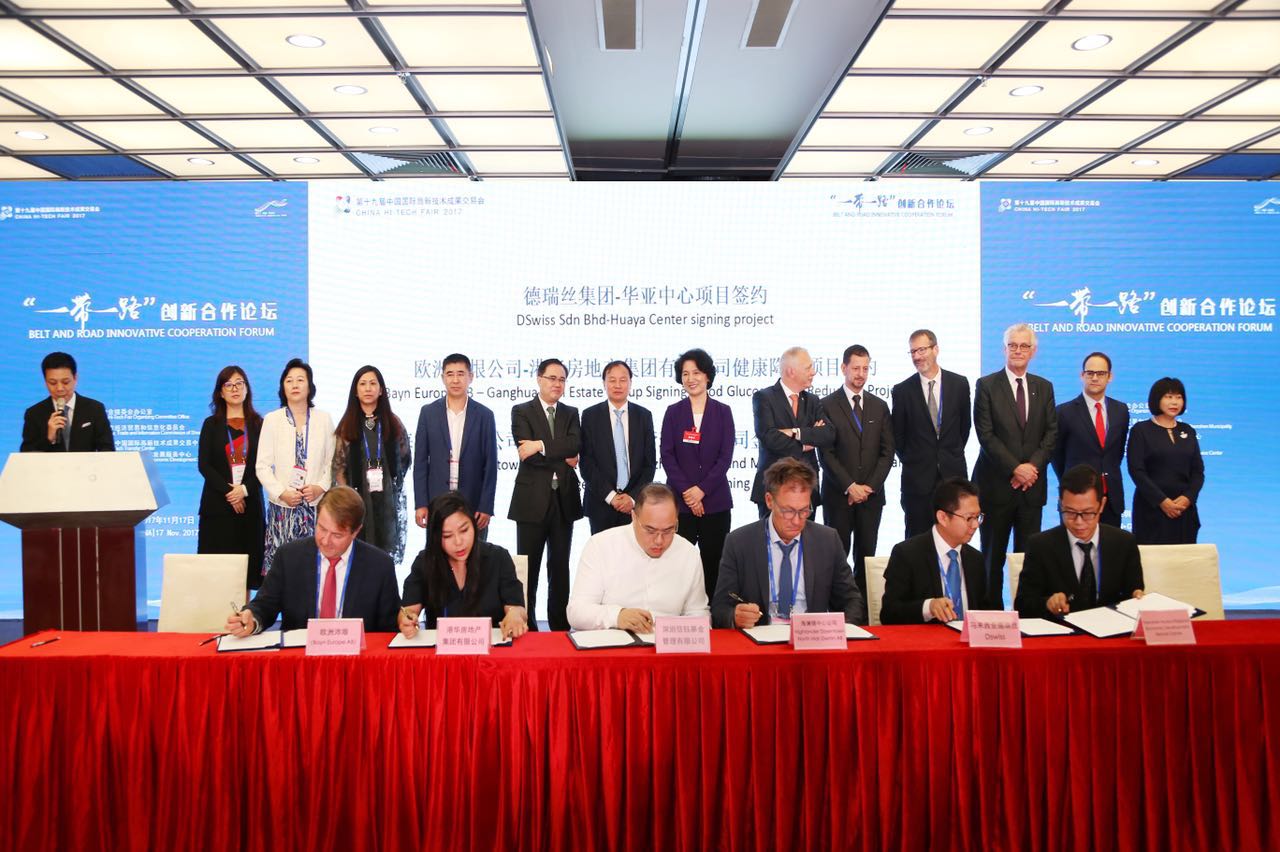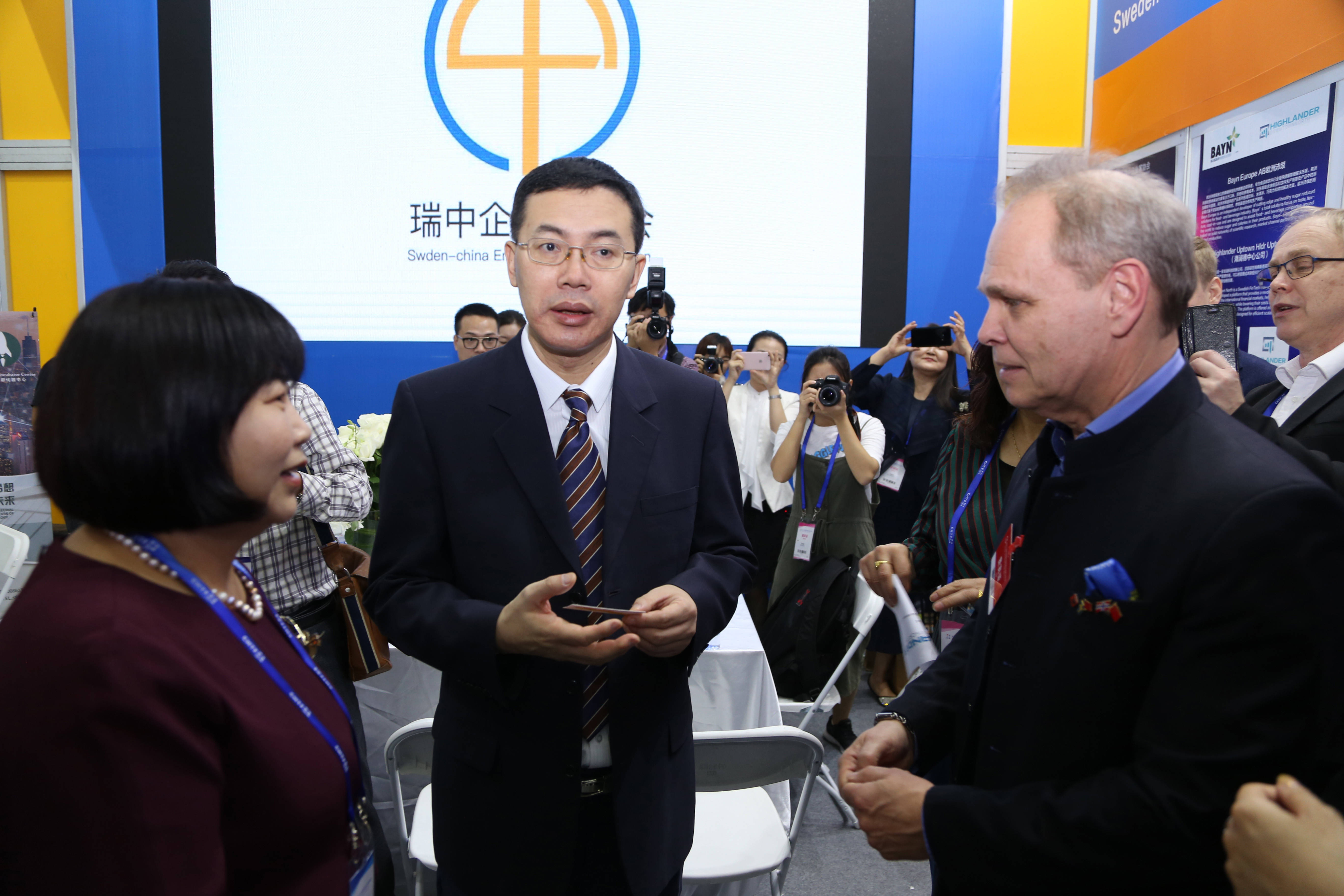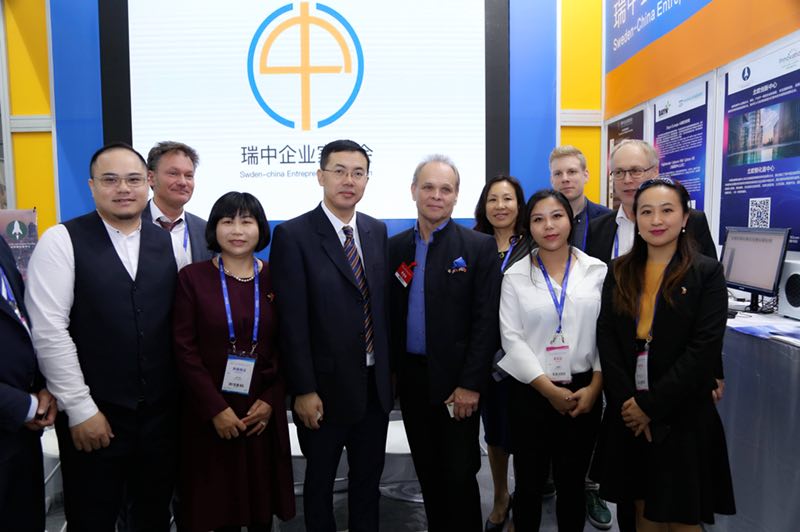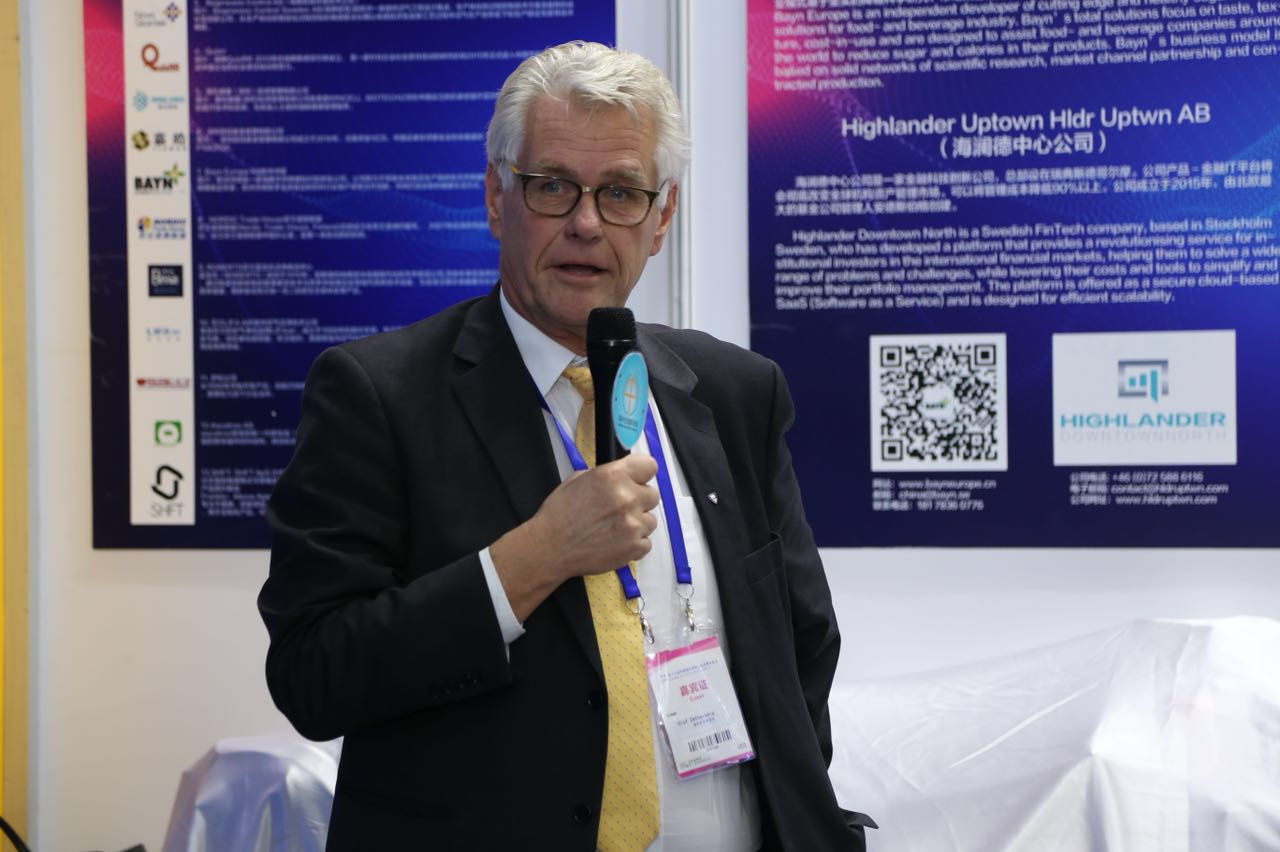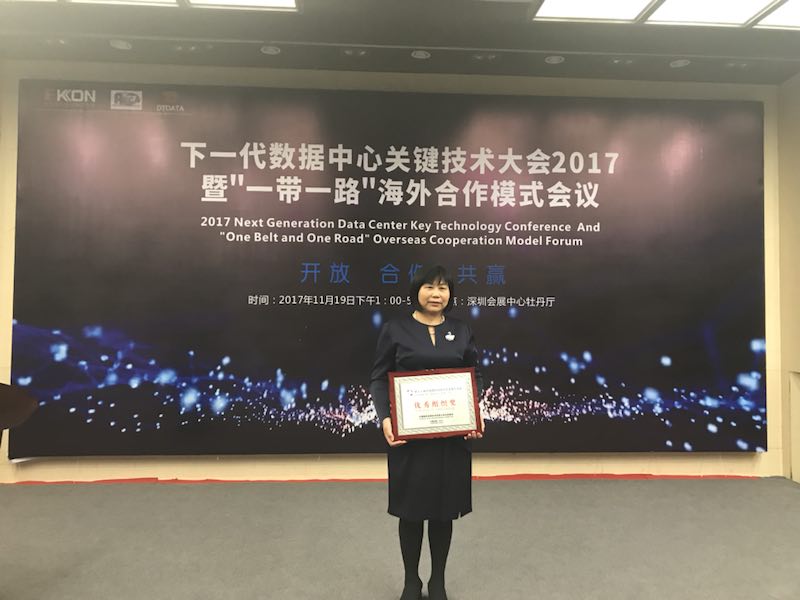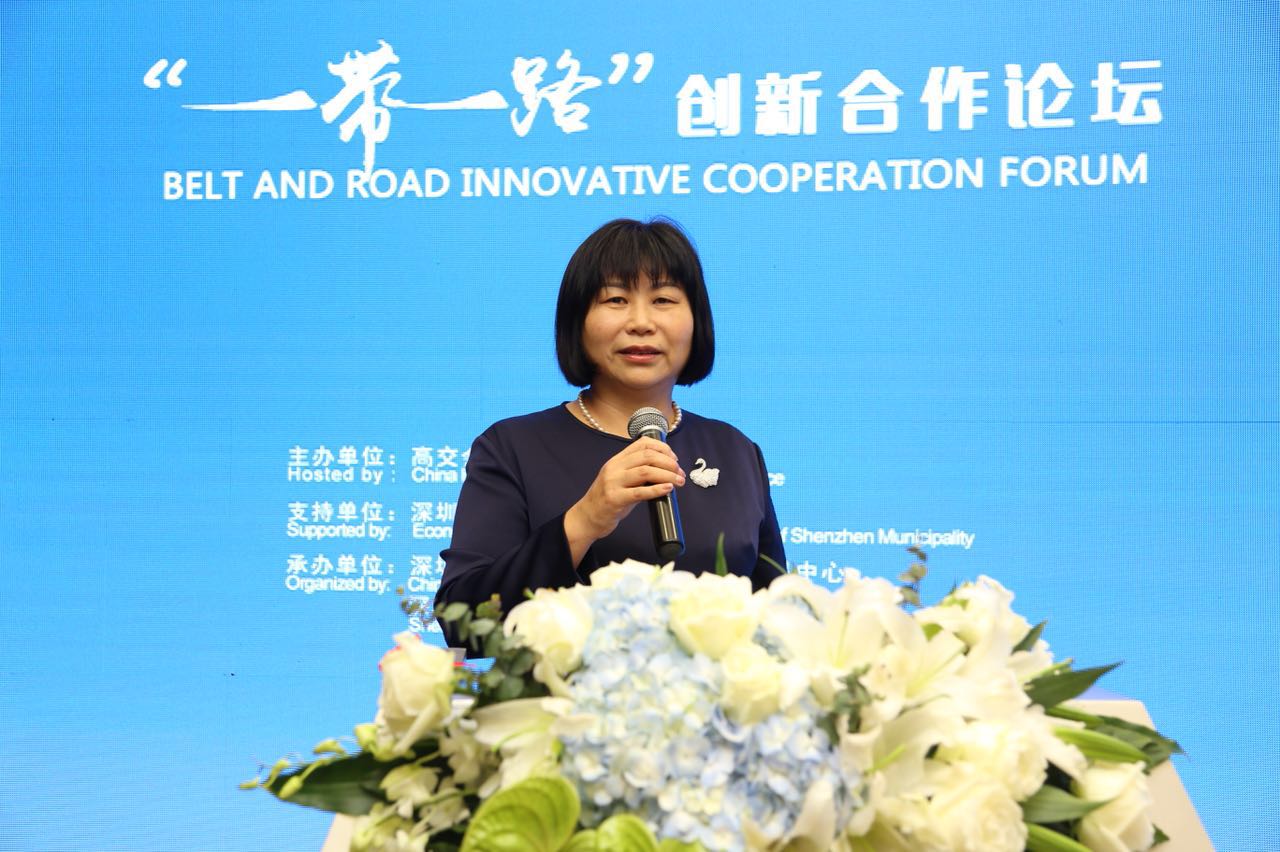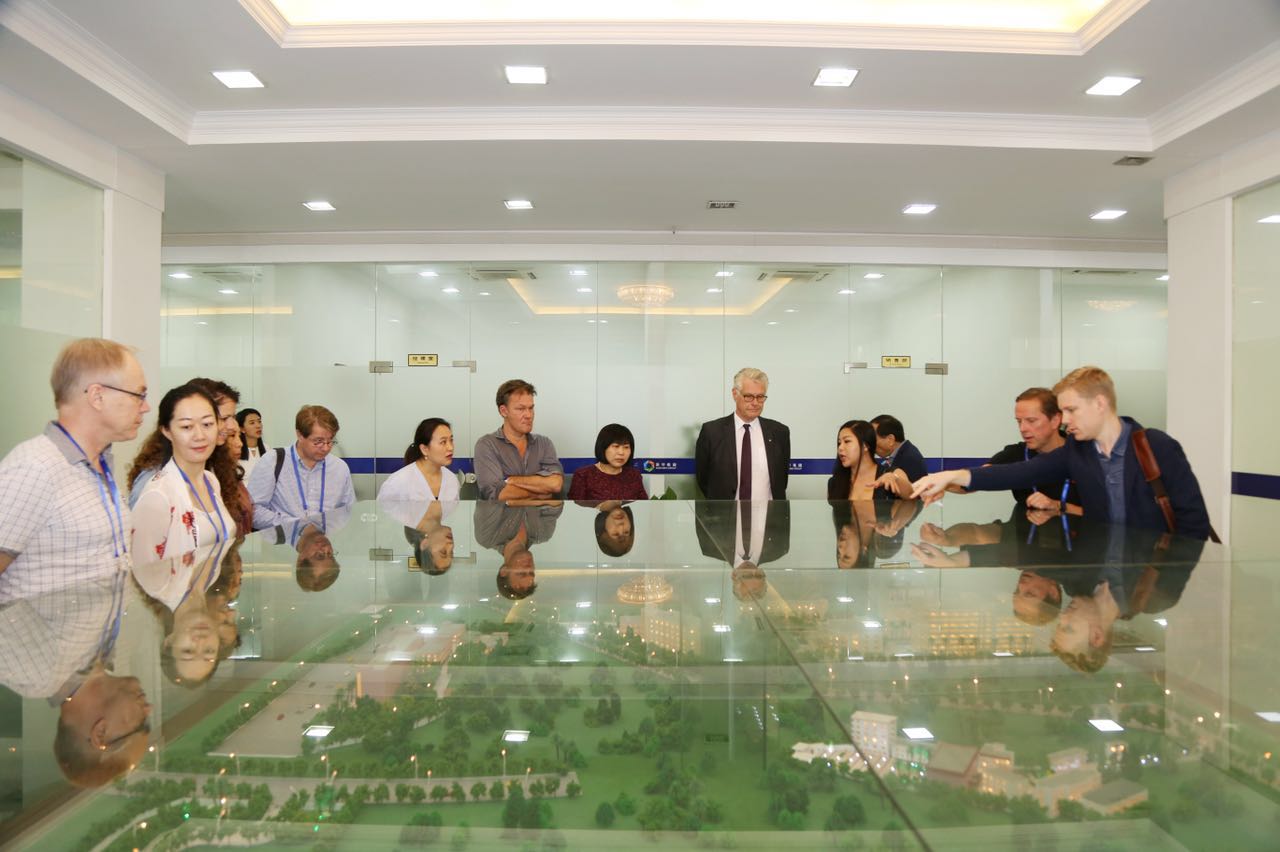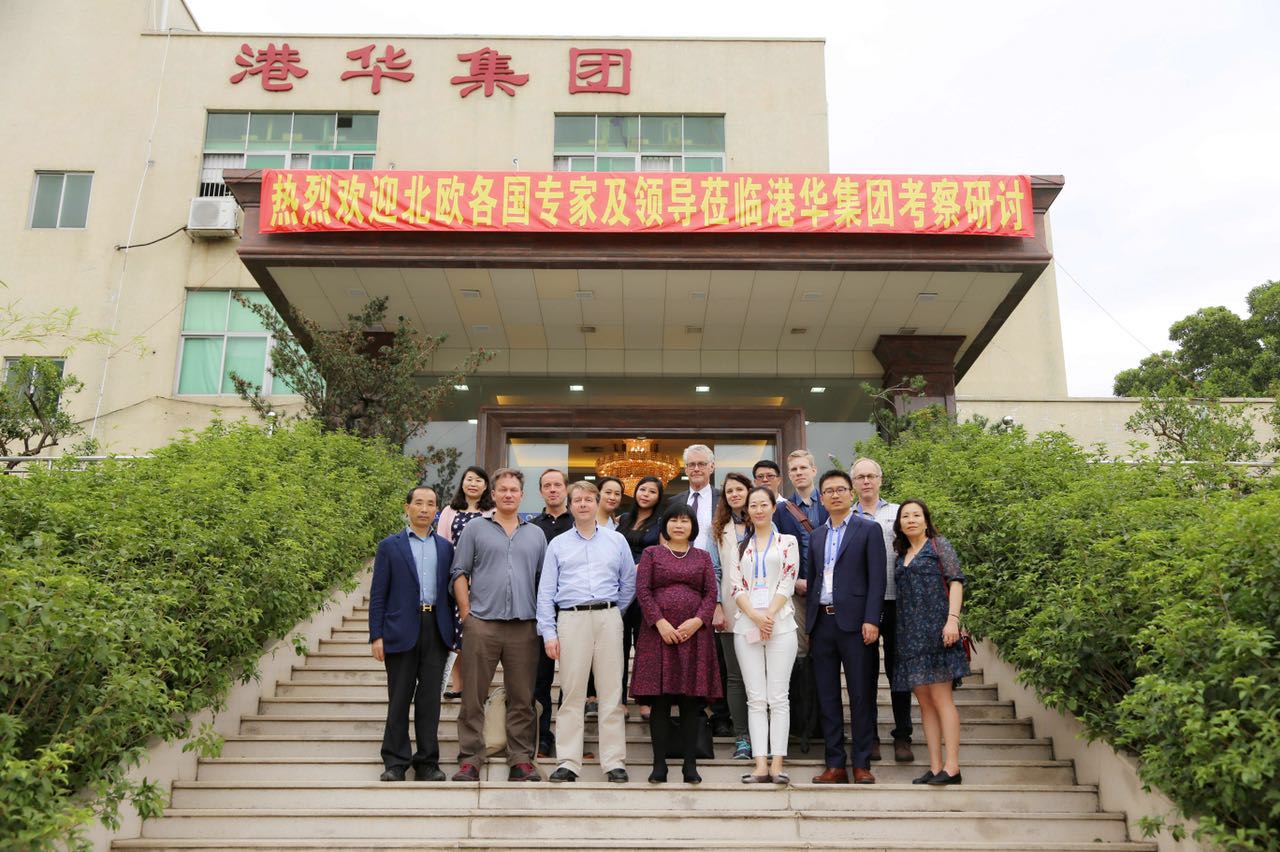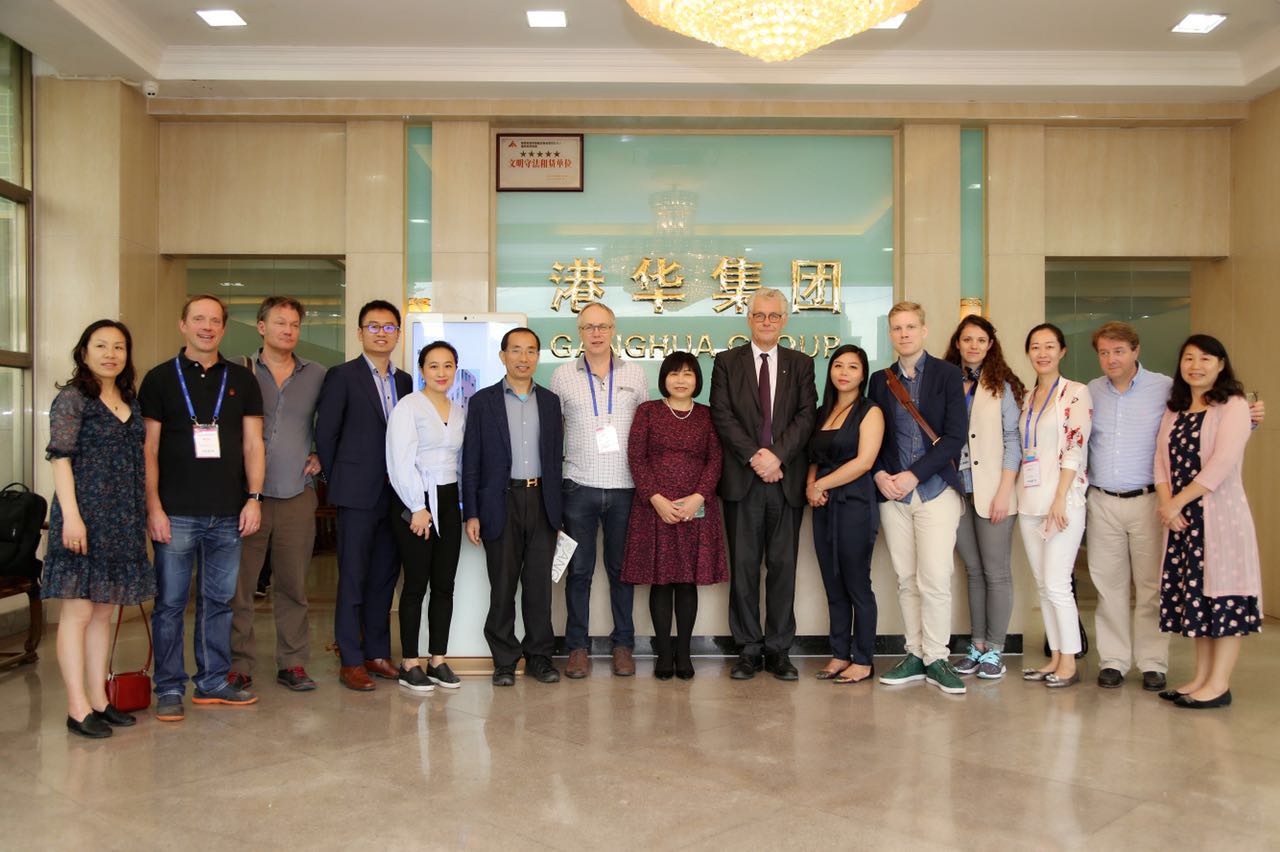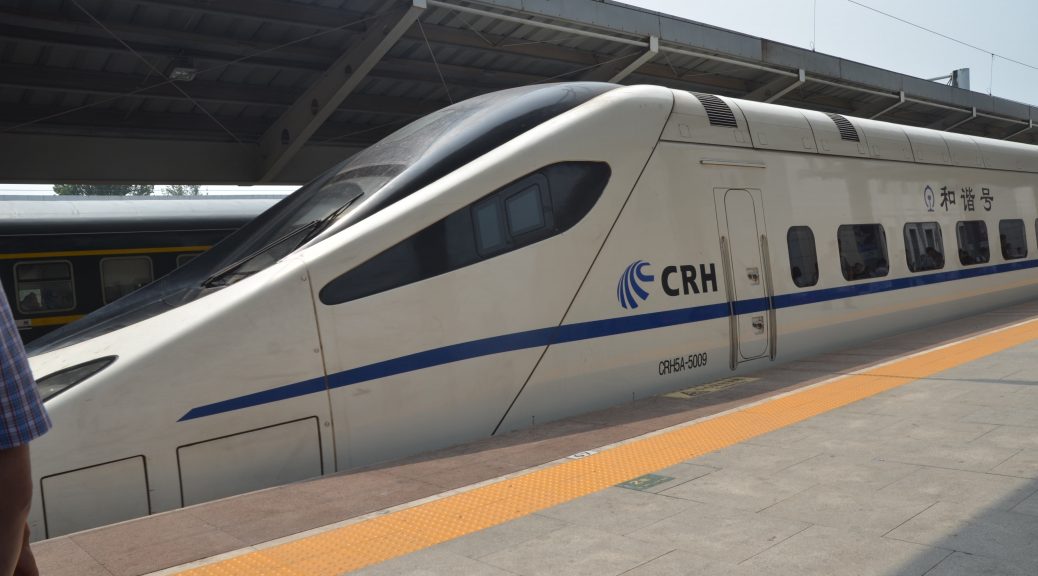By Xuefei Chen Axelsson
STOCKHOLM, Nov. 25 (Greenpost) — China-Sweden 2017 The Belt and Road Acupuncture-Moxibustion and Chinese Medicine Forum was held in Stockholm on Saturday. Over 100 Chinese medicine and Acupuncuture-Moxibustion experts and practitioners participated in the forum.
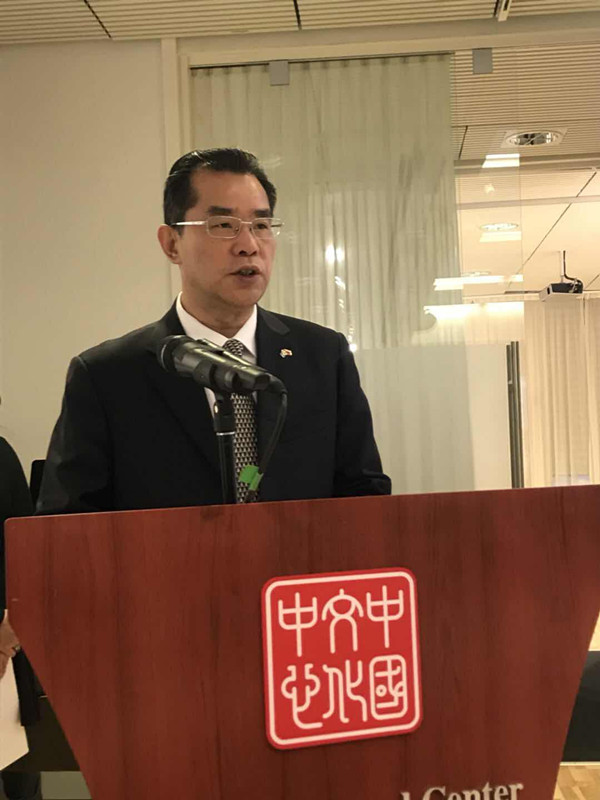
Gui Congyou, Chinese Ambassador to Sweden spoke at the opening ceremony. Photo by Lyu Cheng.
Gui said Chinese President Xi Jinping has pointed out in his 19th CPC National Congress report that China should insist on paying attention to both Chinese and western medicine, carrying forward Chinese Medicine. Xi stressed that people should take Belt and Road Initiative as a key starting point to introduce western expertise to China and go out to discuss further cooperation with the west, consolidating innovation capability and opening up for cooperation to form an all dimension opening up pattern along both land and sea routes.
Gui said Chinese Medicine is one of the finest parts of Chinese culture and an important part of exchanges between China and countries along Belt and Road Initiative routes. It is conducive to communicating with the people of those countries.
Chinese medicine is an important part of Chinese health cause and can be a good reference for people’s health demand. There is a great potential for Chinese medicine to develop. He hopes that this forum will push forward Sino-Swedish Traditional Chinese Medicine cooperation into a new stage.
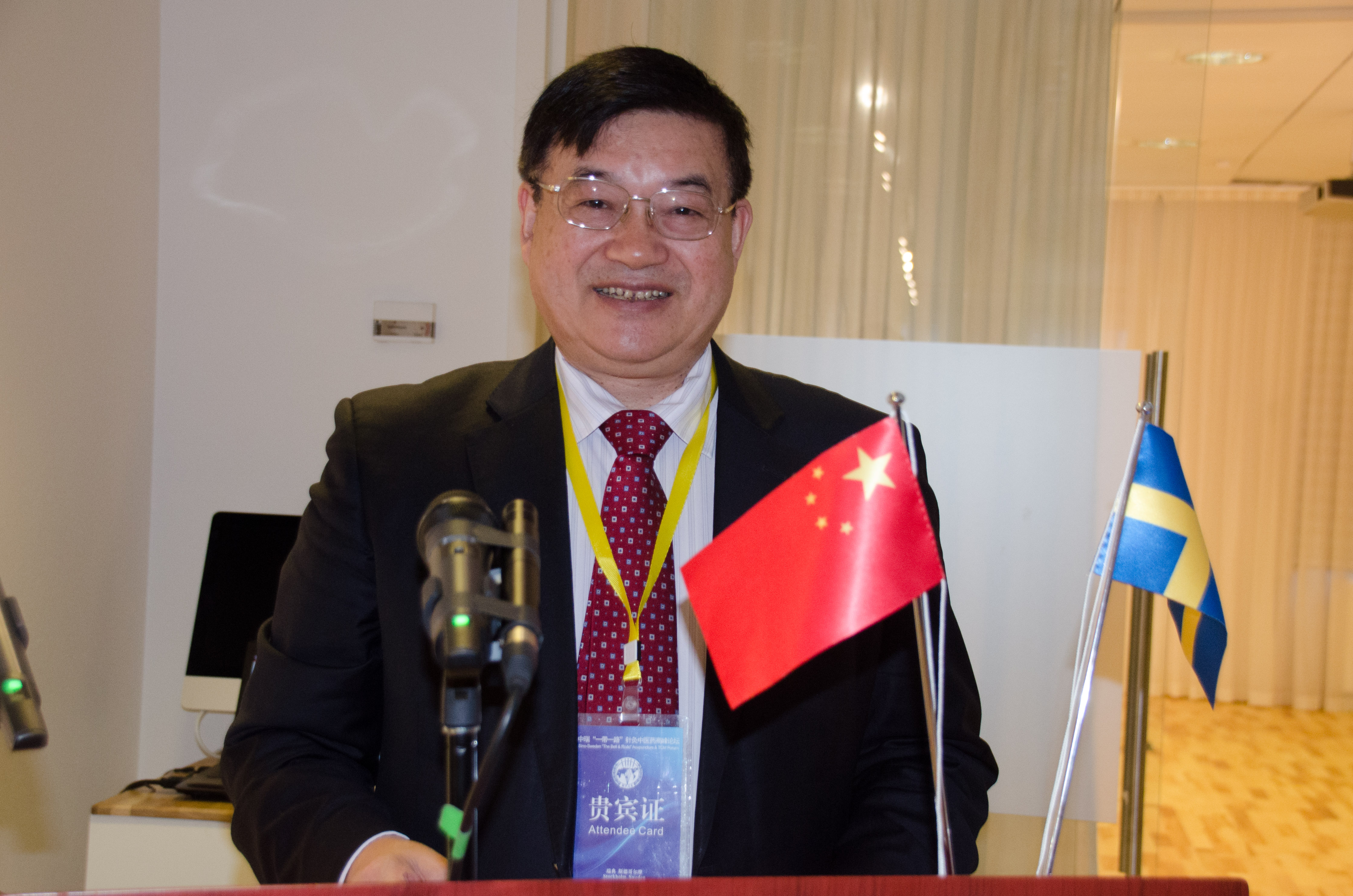
Liu Baoyan, Chairman of the World Federation of Acupuncture-Moxibustion Societies said the forum today is particularly important when China actively advocates strengthening China-Nordic cooperation and promoting the development plan of “the Belt and Road“.
Today over 180 countries are beginning to use TCM. In recent years, we have established 16 overseas TCM centers along “the Belt and Road”.
Meanwhile, the Chinese government has also signed agreements about TCM with over 80 countries along “the Belt and Road”. More than 13,000 international students come to China each year to study TCM.
At present, there are over 200,000 acupuncturists working in the countries along “the Belt and Road”, and some of these them are local persons. Meanwhile, more than 30 countries now have hundreds of training institutes, centers, schools and so on.
Acupuncture-Moxibustion is the essence of core of TCM. In 2010, acupuncture-moxibustion was included in the list of representatives of the World Intangible Cultural Heritage and became the intangible cultural heritage of the world. Acupuncture-Moxibustion widely used in various countries, it can be said in more than 180 countries so-called TCM applications is mainly acupuncture-moxibustion. WFAS is an international joint organization for acupuncture-moxibustion in dozens of countries. Over 30 years ago, WFAS has include nearly 200 societies in more than 50 countries. There are already more than 90 societies that are along “the Belt and Road”.
“Last year, we held a conference in Sweden which is “the Belt and Road” promotion for Acupuncture-Moxibustion. We also made some exchanges and trainings on the diagnostic and therapeutic techniques of TCM acupuncture–moxibustion. Now we will confirm that Young’s Acupuncture and TCM (Sweden) Research Institute, as the Swedish “the Belt and Road” TCM Acupuncture-Moxibustion Joint Education Base, works closely with Swedish medical research institutes such as Karolinska Institute. I believe they will make greater contribution at clinical practice, education and scientific research of acupuncture-moxibustion and TCM. The base will also research new medicine and develop new technology by combination of TCM and Western medicine. I believe the base will contribute powerful force for the Swedish people and the world people’s health, ” said Liu.
It is the common vision of all of us to inherit the venerable history and cultural traditions of TCM, to carry forward and improve TCM, and to make benefits to human health. Let us work together, to make greater contribution for the countries along “the Belt and Road” by acupuncture-moxibustion and TCM.
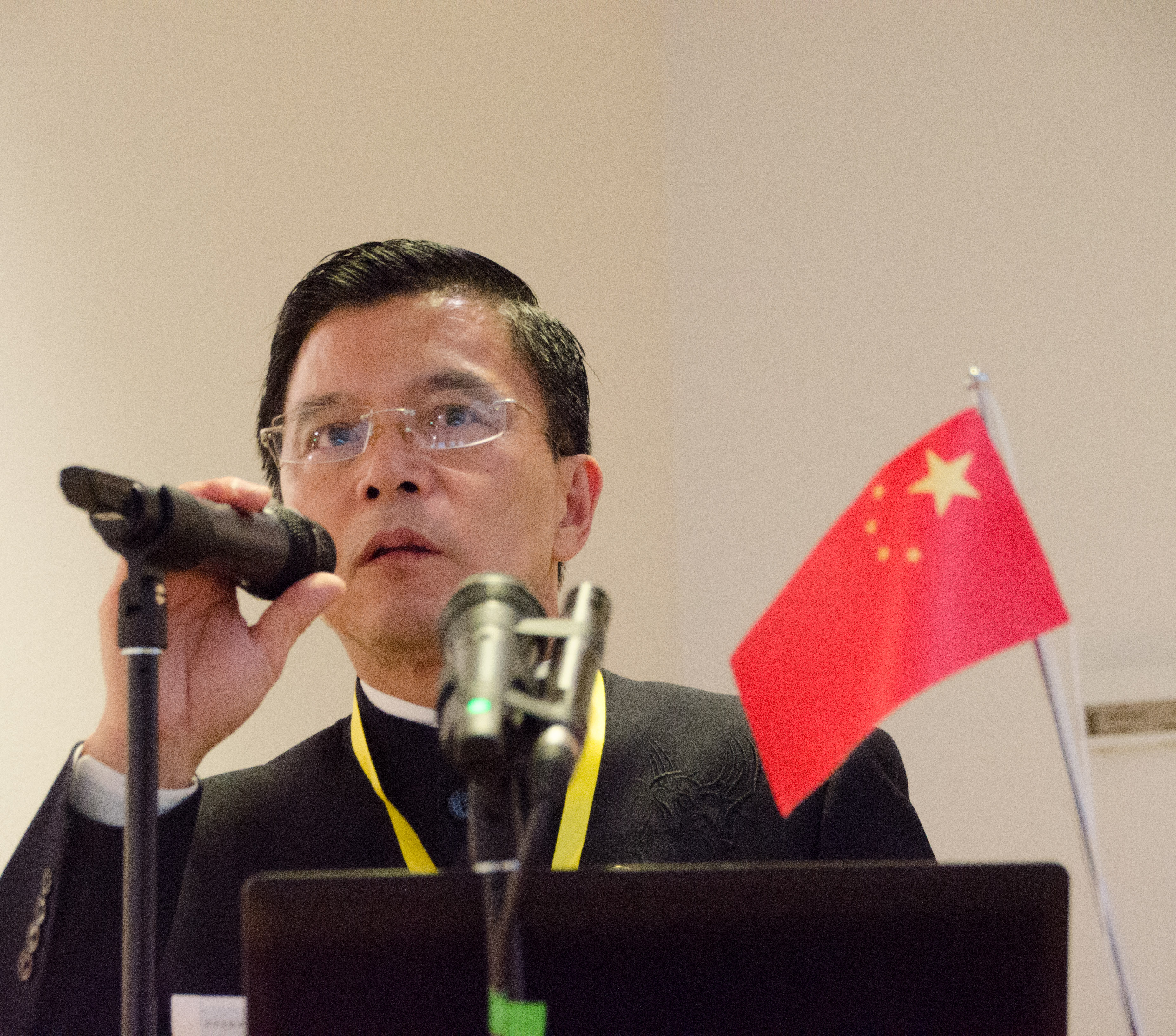
The Forum was presided over by Yang Chungui, Presient of Acupuncture Science Association Sweden .
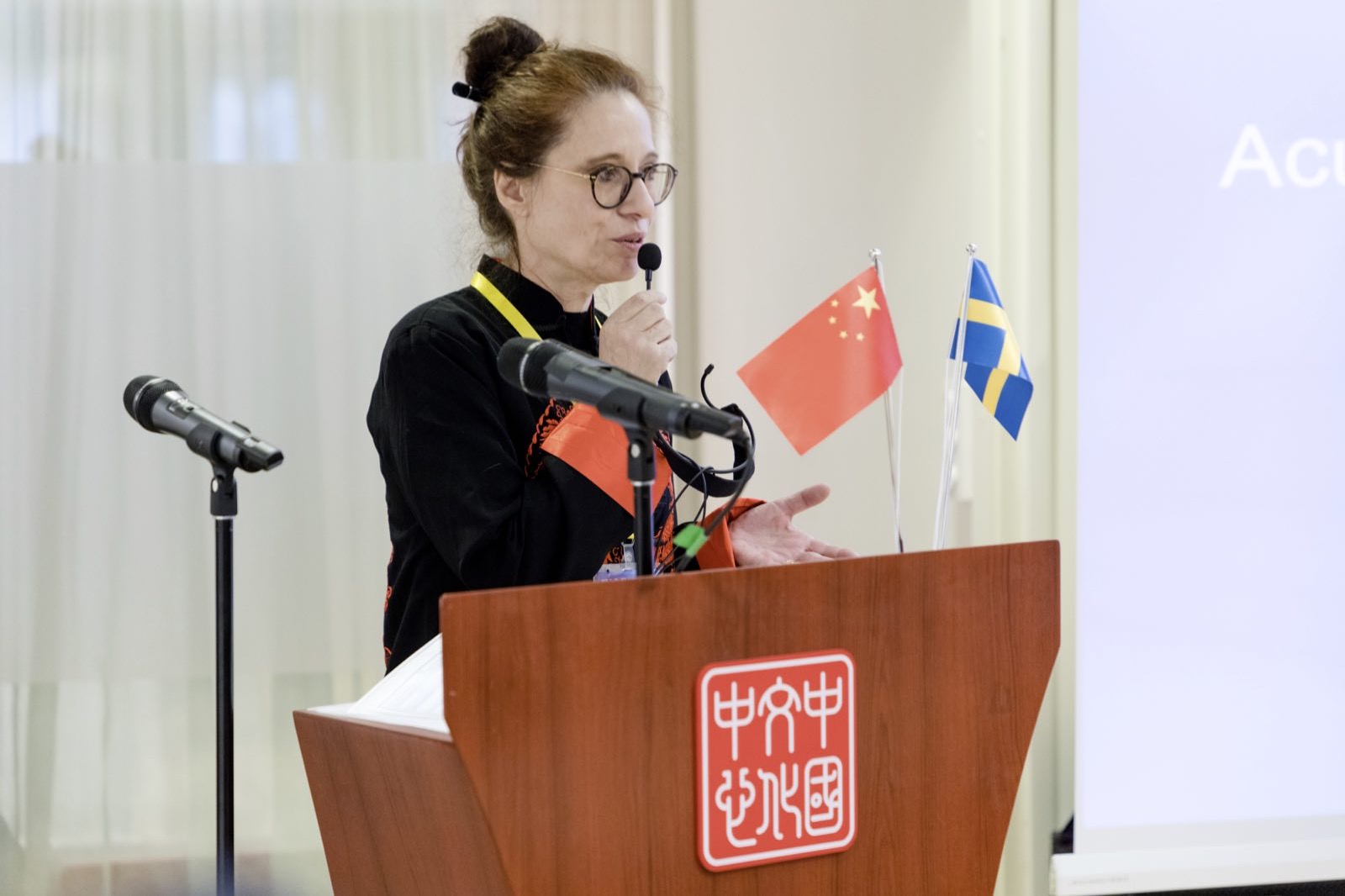
Hanna Angerud, Chairwoman of Swedish Acupuncture Association talked about promotion of Acupuncture Legislation.
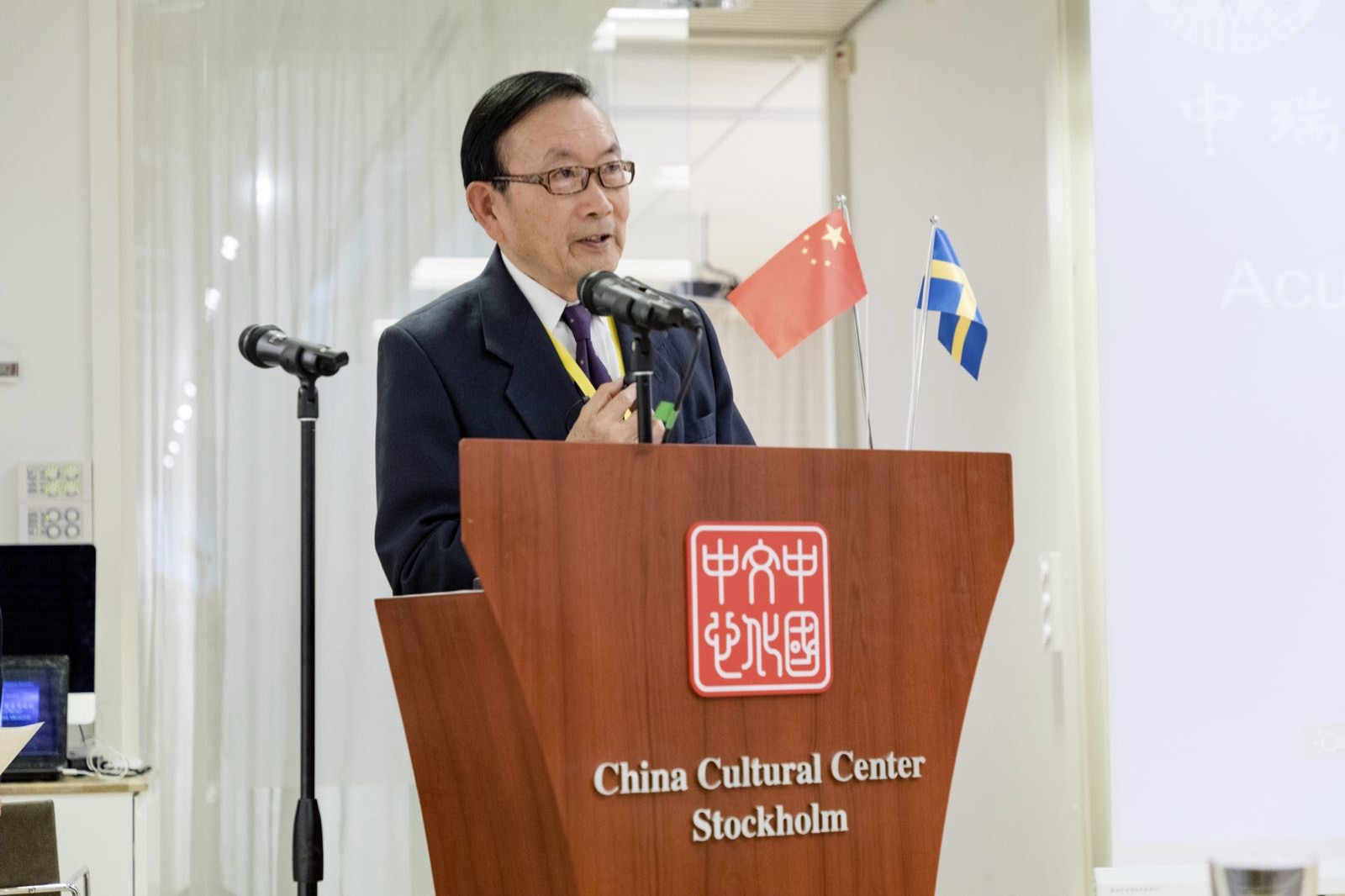
Professor Liao Fulong spoke at the opening ceremony. He marked that Chinese Nobel Winner in Medicine Tu Youyou is a good example of the combination between Chinese and western medicine.
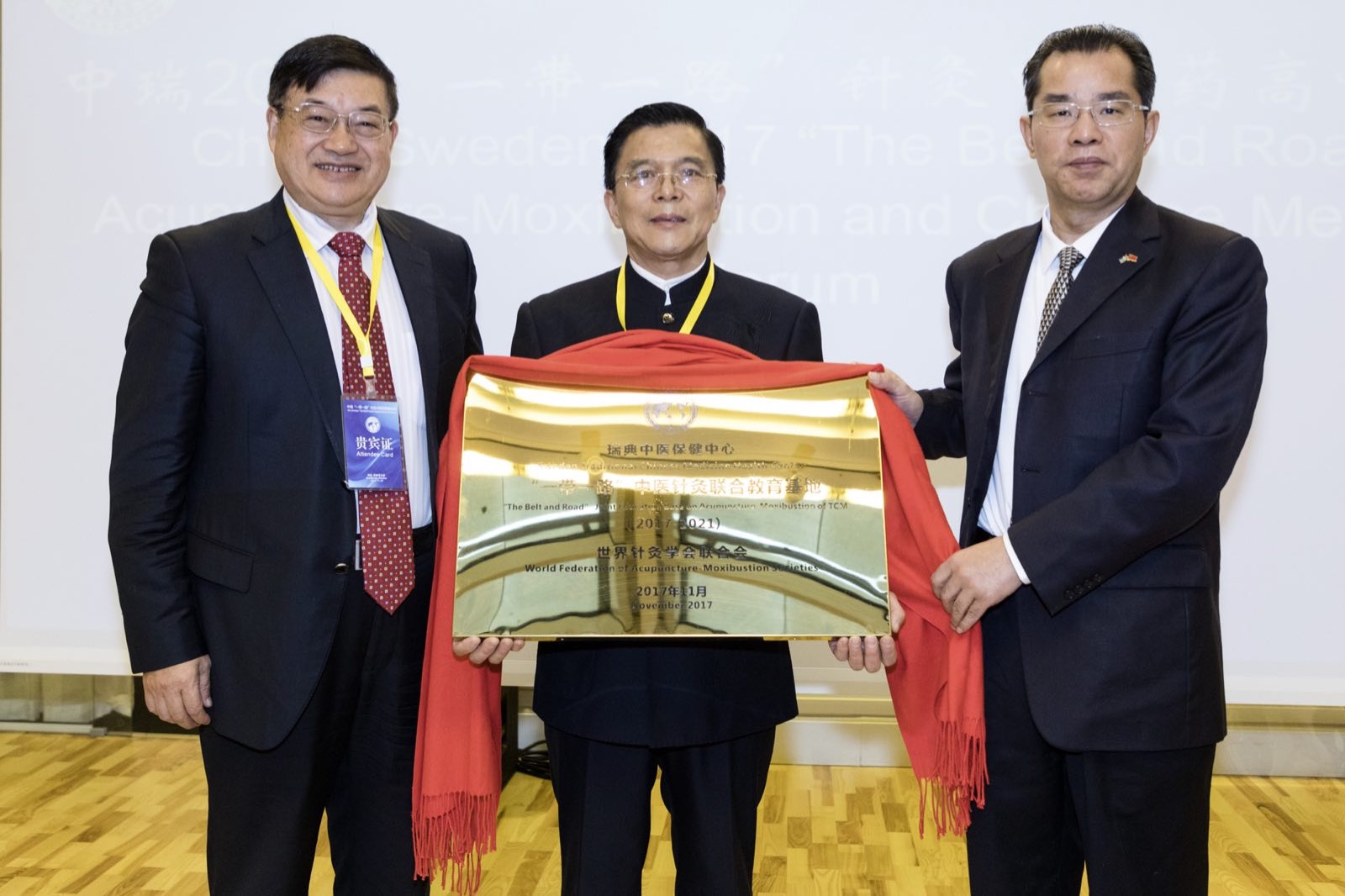
Professor Liu Baoyan, Yang Chungui, President of Acupuncture Science Association Sweden and Dean of Yangs Acupuncture and TCM Institute Sweden and Chinese Ambassador Gui Congyou opens the Belt and Road Joint Education Base on Acupuncture-Moxibustion-Sweden.
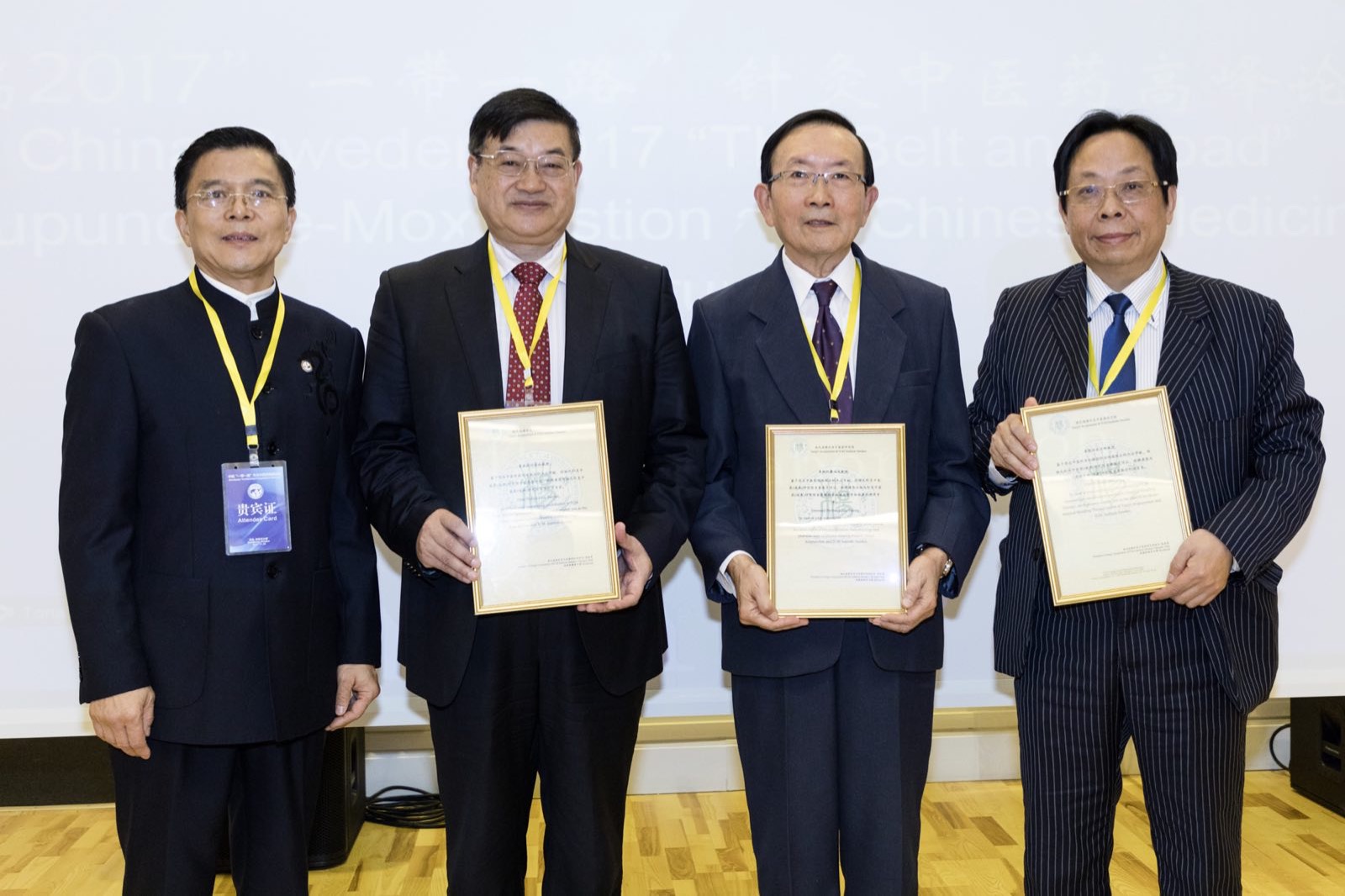
Yang Chungui presented certificates to the experts of Yangs Acupuncture & TCM Institute Sweden.
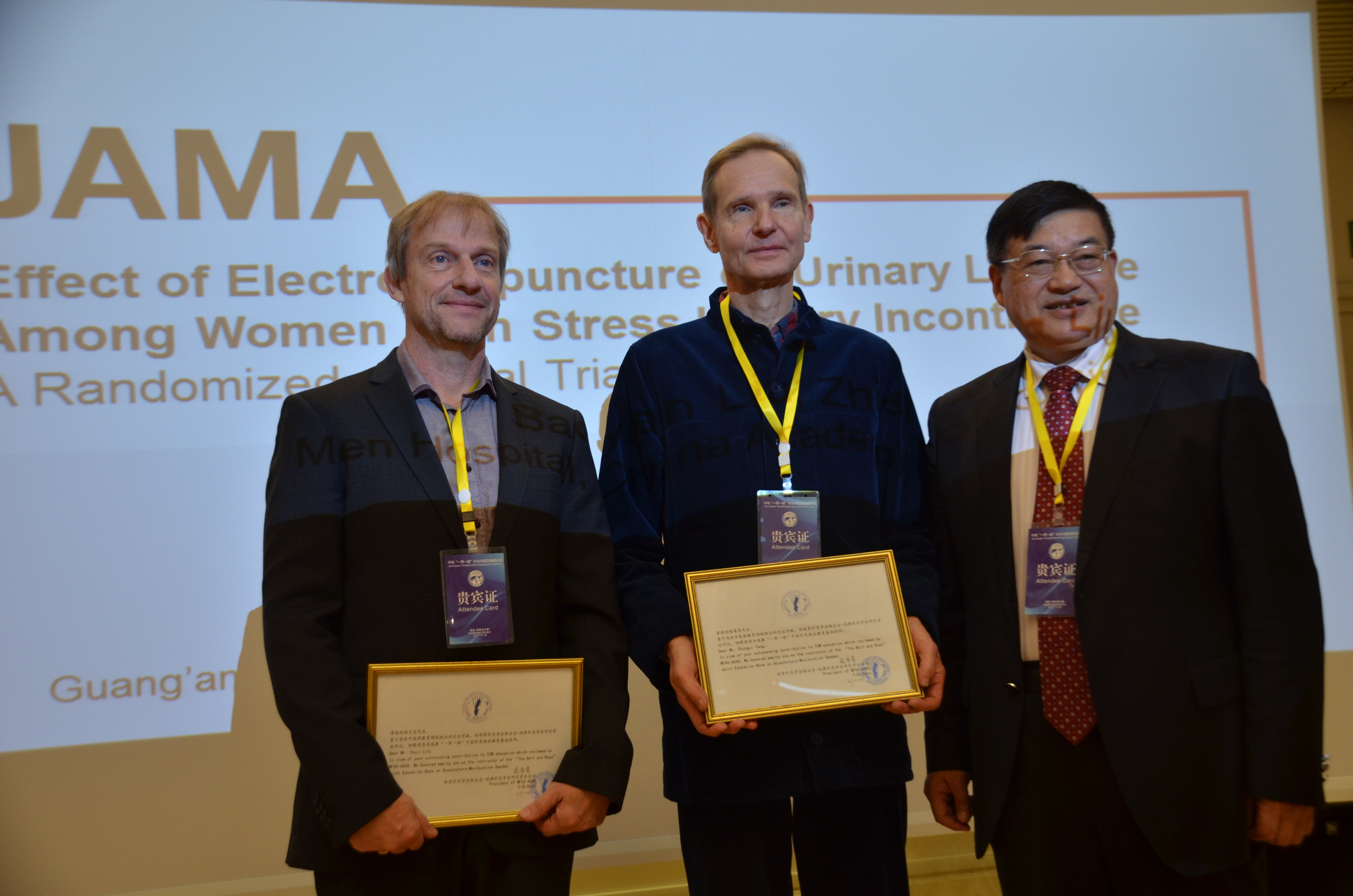
Liu Baoyan present certificates to the experts of Joint Education Base in Sweden.
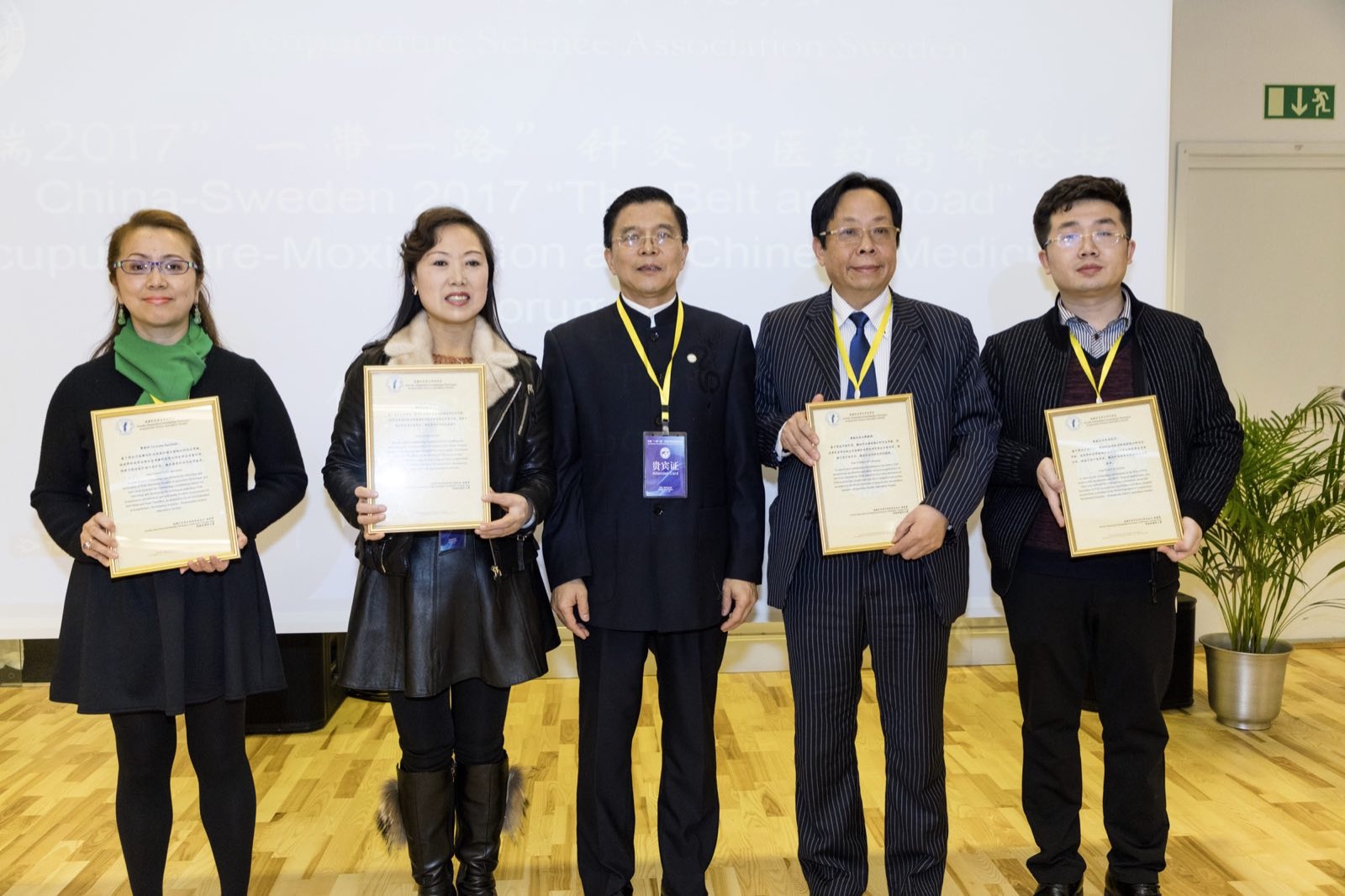 President Yang declared the establishment of the Assessment Board of International Acupuncture Doctor Test.
President Yang declared the establishment of the Assessment Board of International Acupuncture Doctor Test.
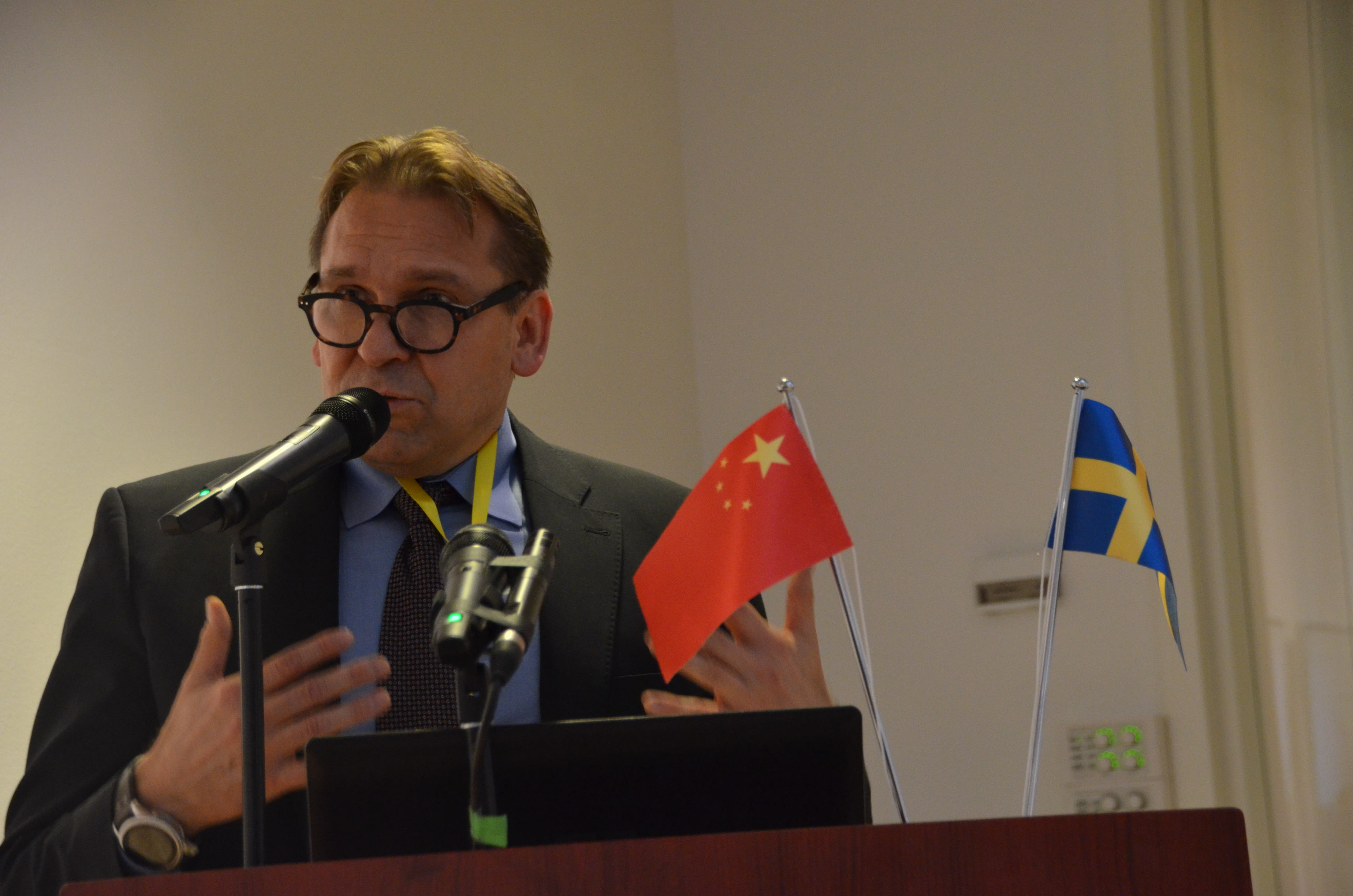 In the afternoon, Gustav Foghammar, Consultant Psychiatrist of Karolinska Hospital talked about etablising a new medical platform of integrated Western & Traditional Chinese Medicine for Treatment of Pain and Fatigue. Foghammar said he knew TCM many years ago when he was sent to participate in a TCM meeting and had access to Chinese Medicine. Since then he even use TCM in his psychiatrist field and he himself often experiences the acupuncture.
In the afternoon, Gustav Foghammar, Consultant Psychiatrist of Karolinska Hospital talked about etablising a new medical platform of integrated Western & Traditional Chinese Medicine for Treatment of Pain and Fatigue. Foghammar said he knew TCM many years ago when he was sent to participate in a TCM meeting and had access to Chinese Medicine. Since then he even use TCM in his psychiatrist field and he himself often experiences the acupuncture.
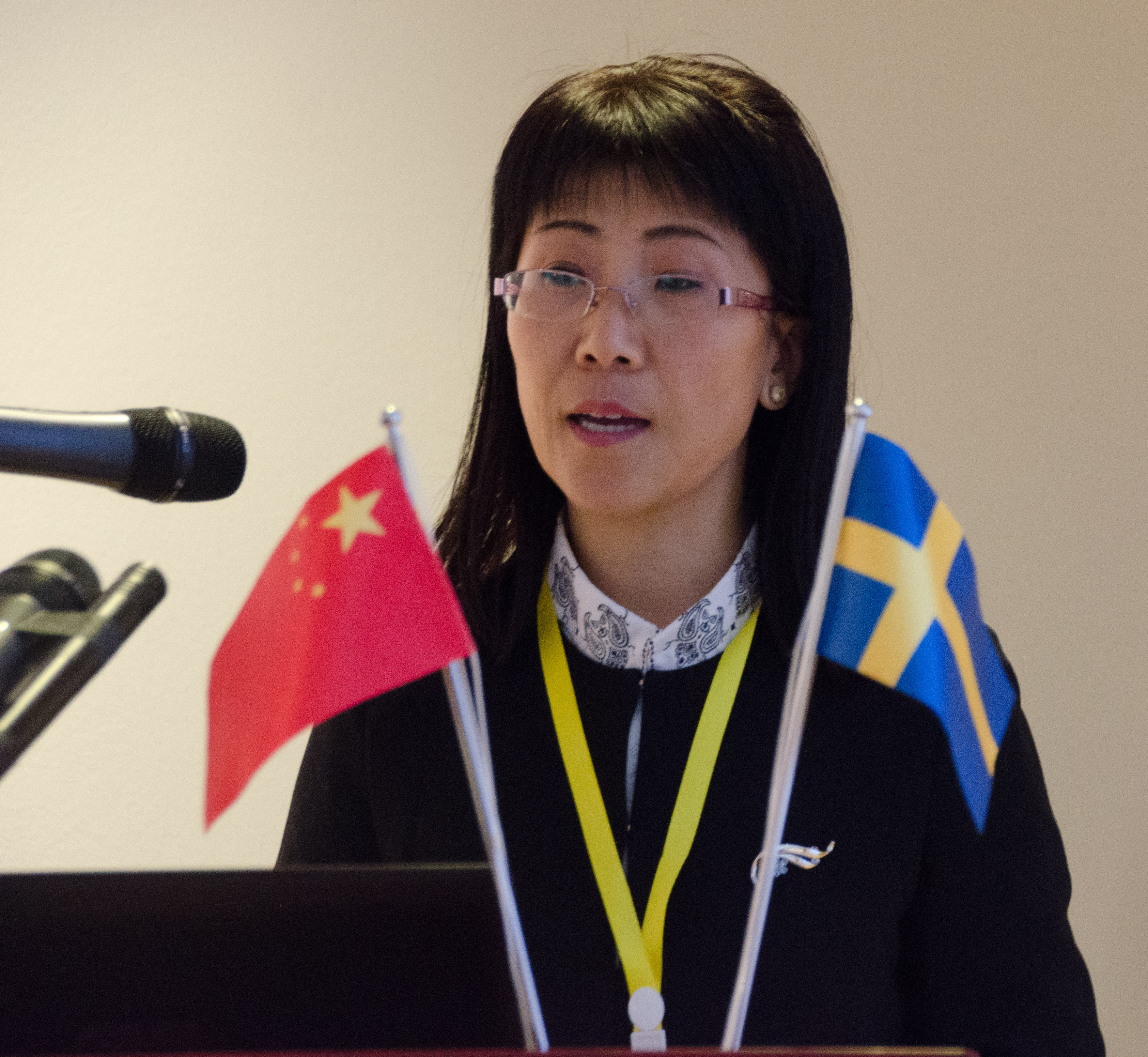
DoctorZhang Hongxia presented what she is studying about– the Application of Medical Information in Clinic Medicine and Research.
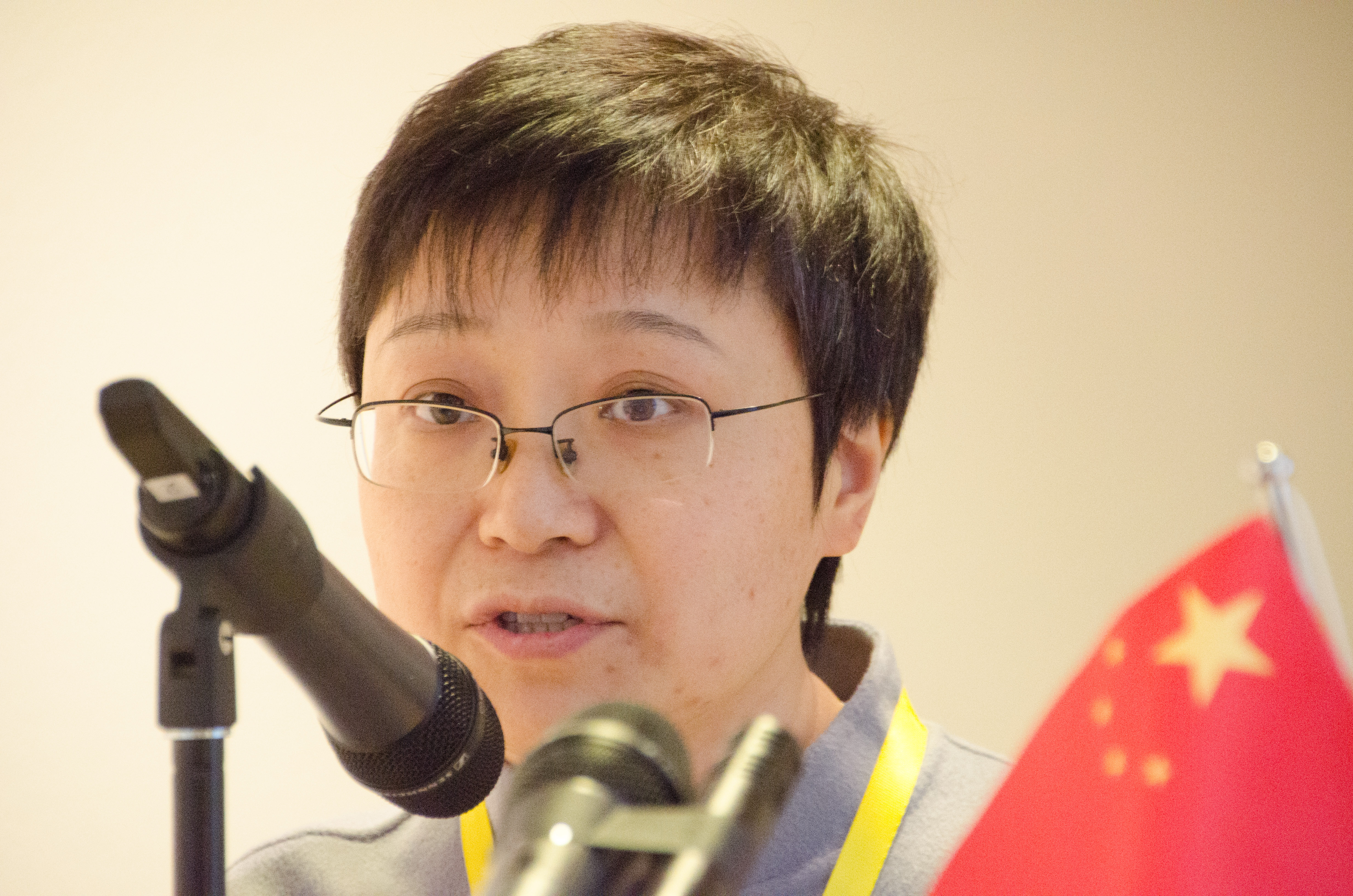
Wang Jingjing presented Acupuncture Treatment on Pain and Psychosomatic Disease.
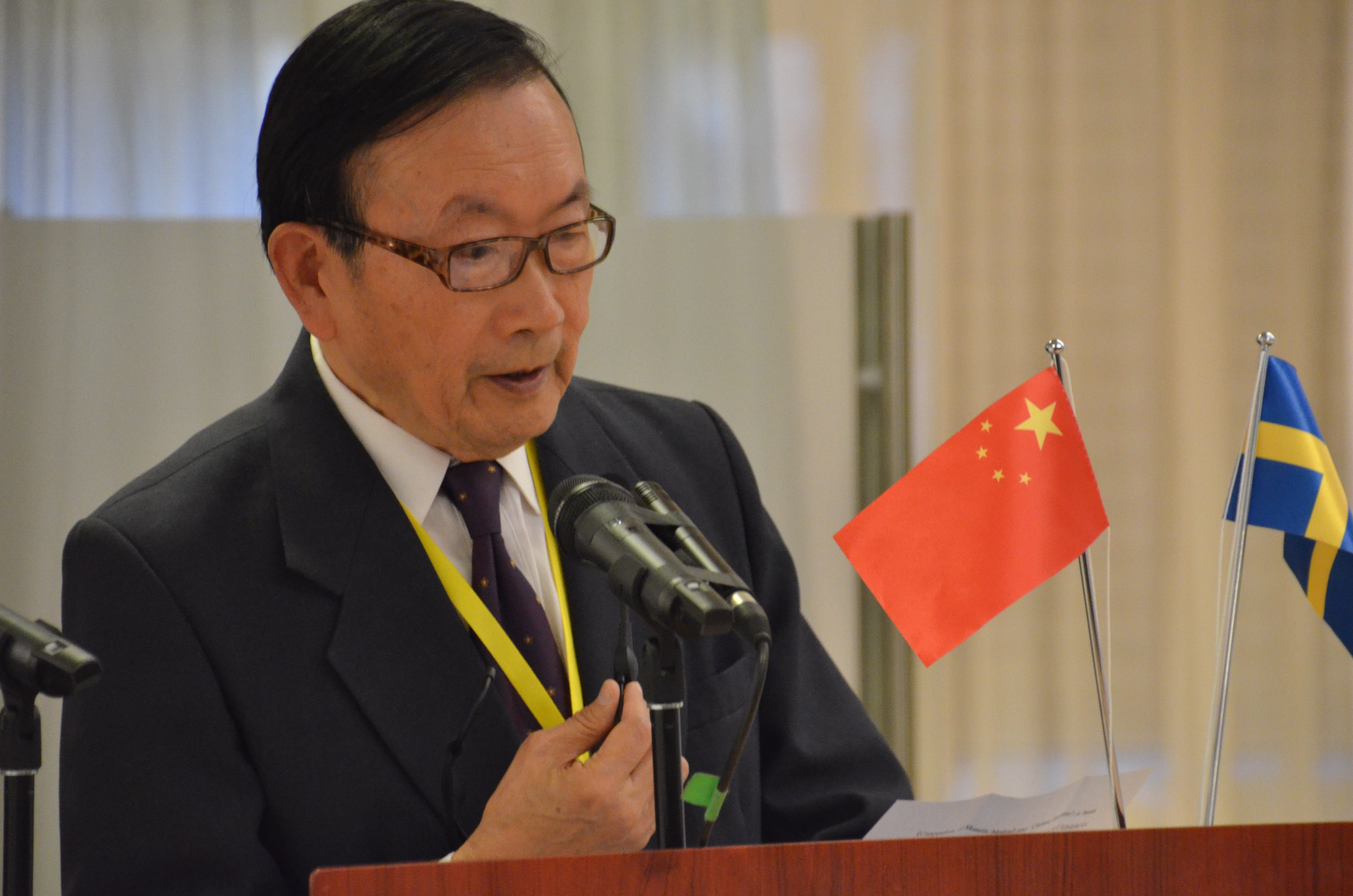
Professor Liao Fulong presented his discovery in Acupuncture, Chinese Herbal Medicine Investigated from the Angle of Microcirculation and Biomechanopharmacology.
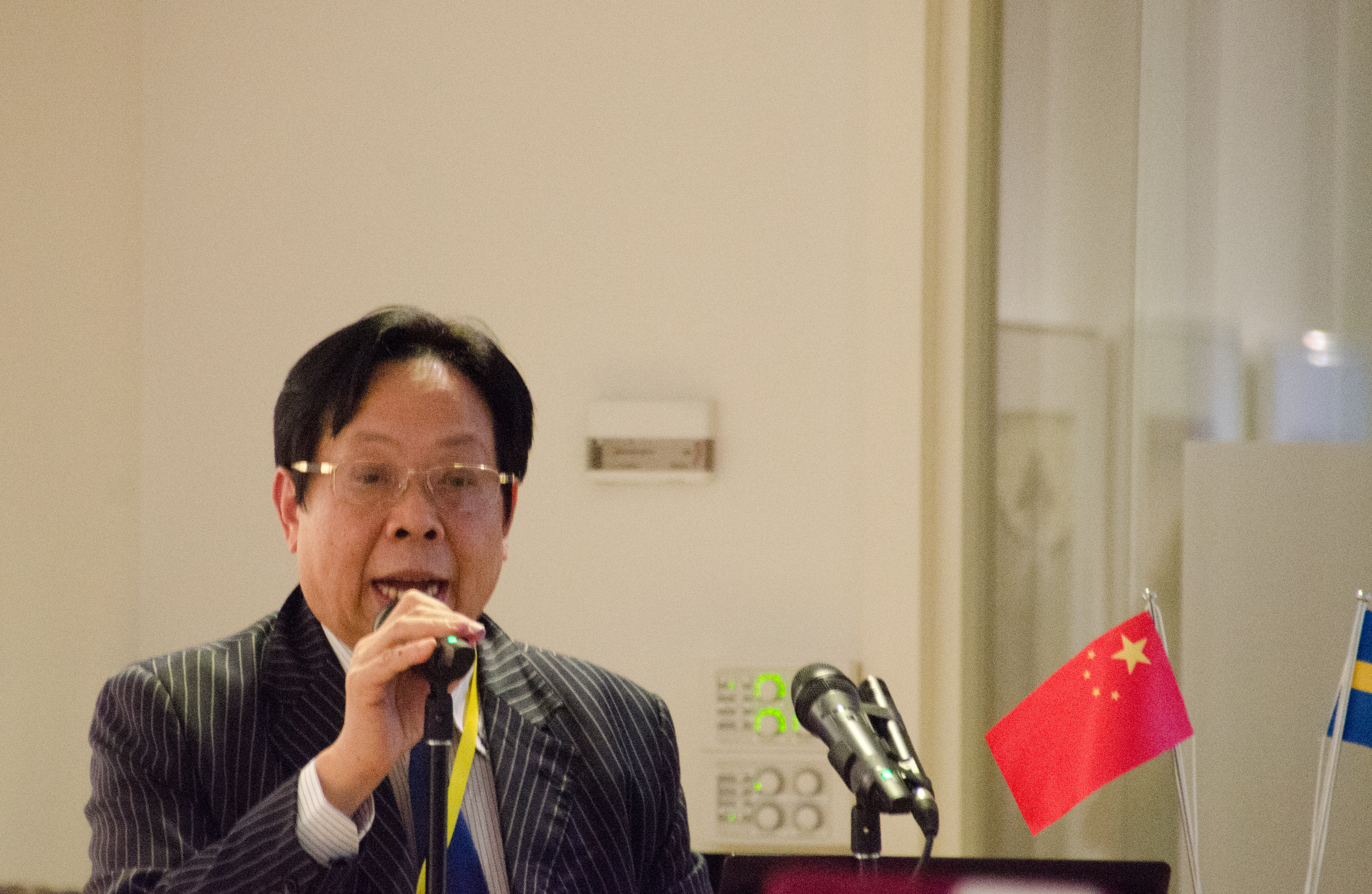
Professor Wu Hanqing presented TCM Triangular Needling Method for Soft Tissue and Bone Disorders.
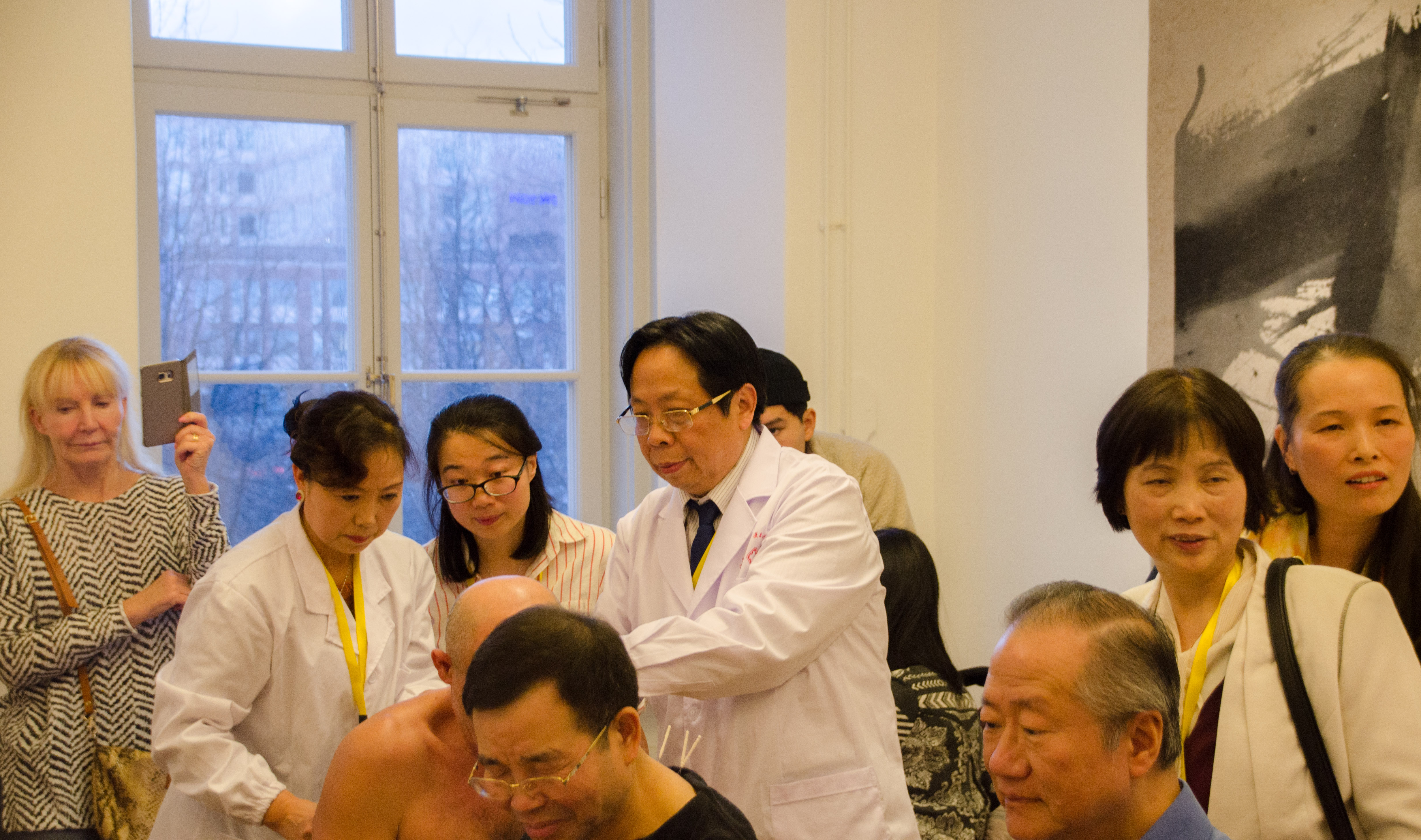
Professor Wu Hanqing also did treatment for some patients while teaching some young doctors.
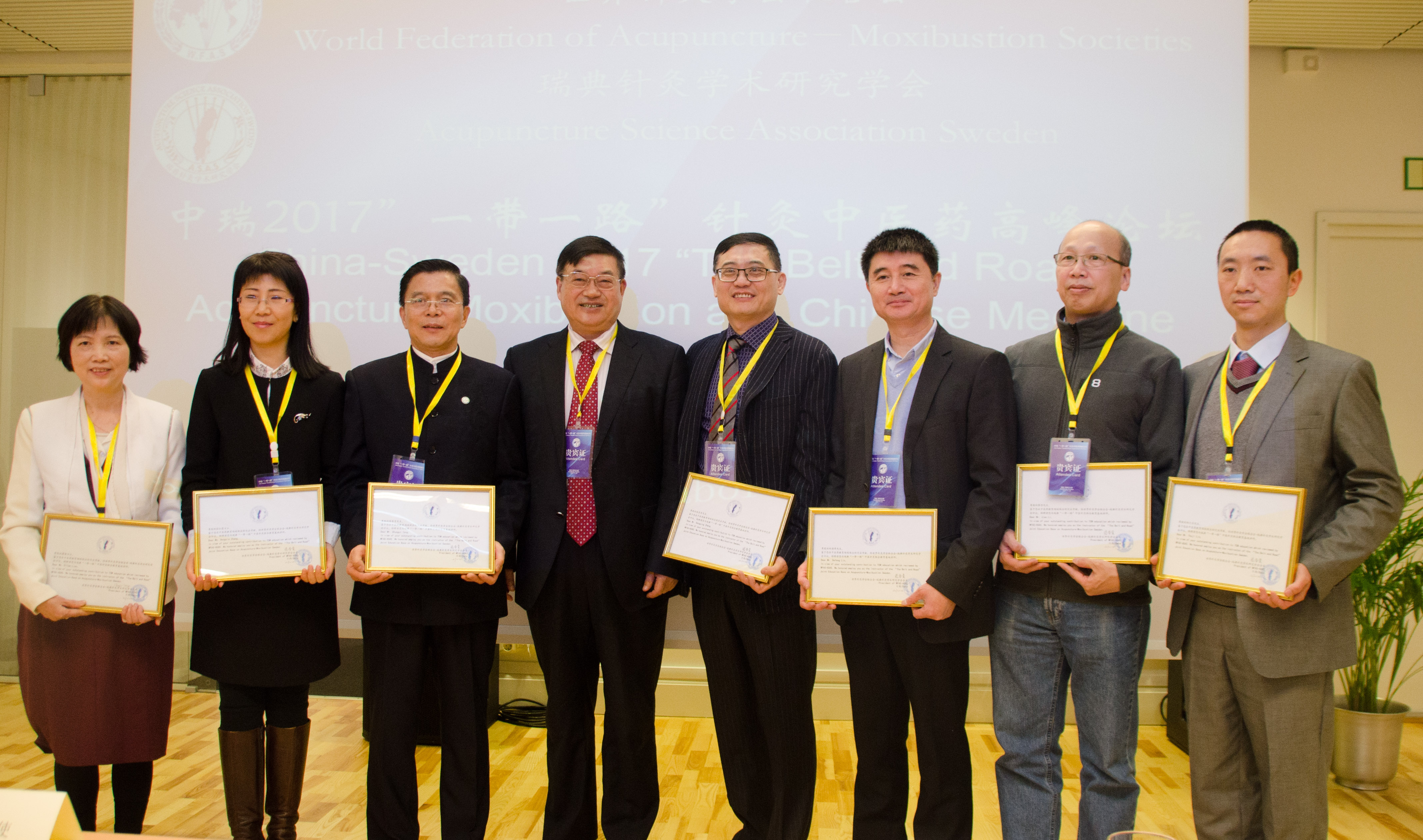
TCM Doctor Zhang Dongqing presented his clinic experience of Acupuncture agaisnt irritable Bowel Syndrome in Sweden. TCM Doctor Yang Chungui presented his exploration and practice of Yangs Yi Gong Acupuncture in Chinese and Western Medicine.
Lin Defeng talked about Burning Acupuncture against pain and Li Jian presented his application of modern medicine and TCM on the treatment of knee osteoarthritis.
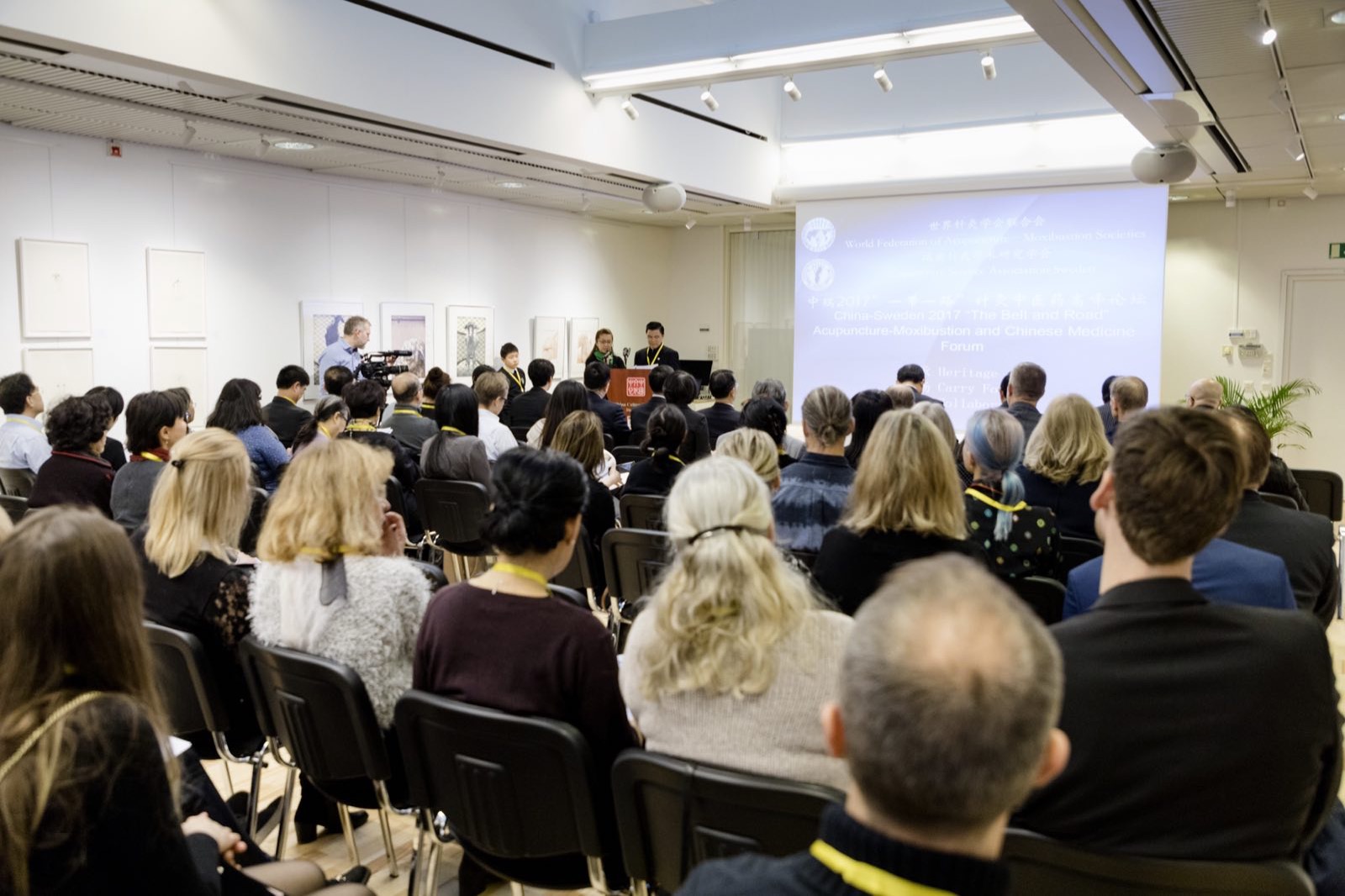
About 100 TCM doctors, experts and practitioners from China, Sweden, US and other European countries participated in the world-level forum. Han Xiaodong, Counselor of Commerce and Pu Zhengdong, Counselor of Culture from the Chinese Embassy also attended the opening ceremony.
Text/Xuefei Chen Axelsson, Photo/ Li Yanan, Lyu Cheng.
 瑞典外交大臣瓦尔斯特伦和她的北欧理事会同行一起出席了发布会。
瑞典外交大臣瓦尔斯特伦和她的北欧理事会同行一起出席了发布会。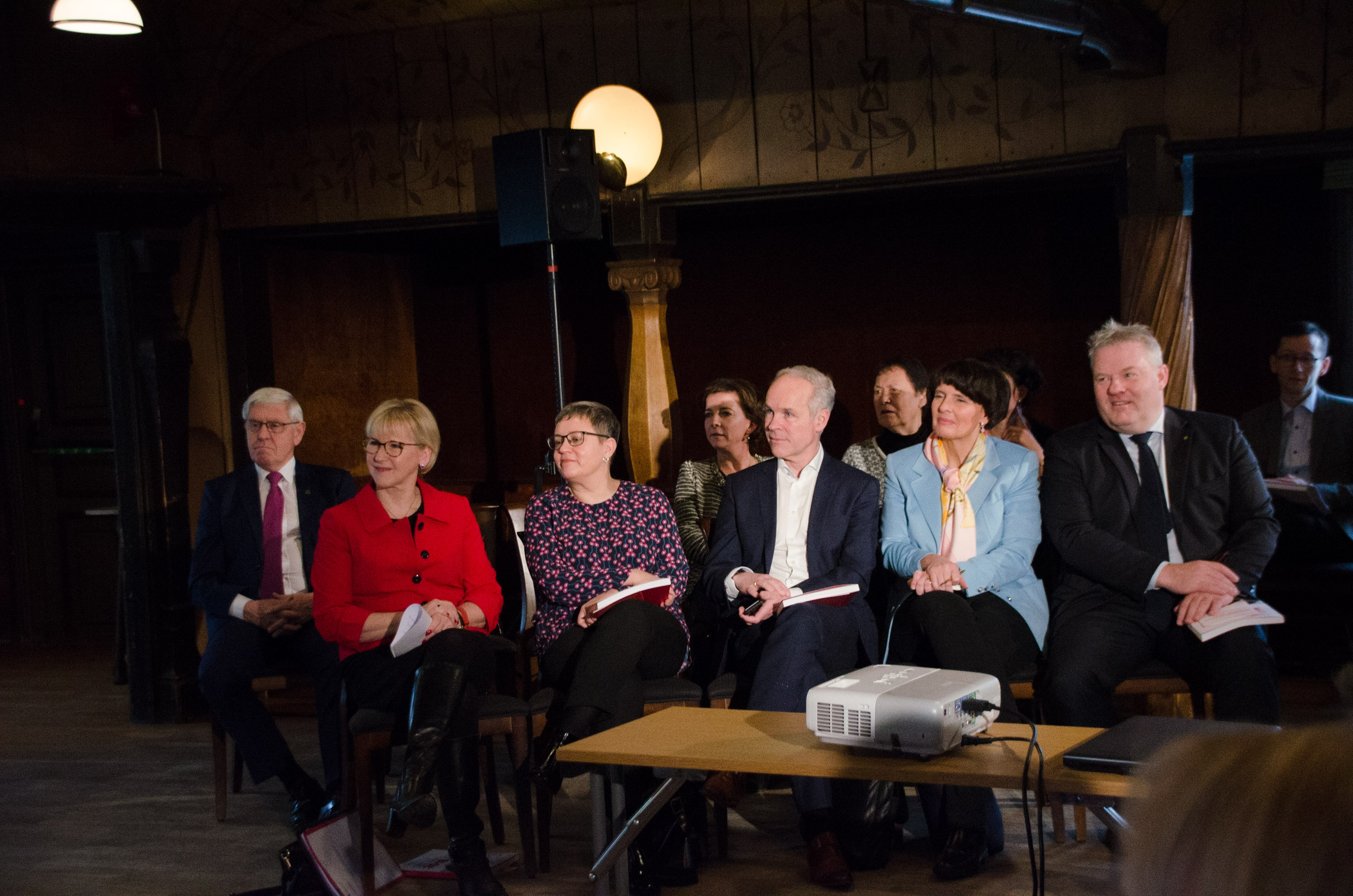 北欧地区在教育,科研,数字化等领域都是全球领先。今后将继续加强协调合作。北欧状况报告里边藏金啊。经济增长速度比欧盟平均速度高,接受的难民最多,男女平等非常好。我们的长处在于创新和数字化。还有我们善于互相学习。我们像一个大家庭。所以,希望大家好好研究这个报告。这也是瑞典担任轮值主席之后的第一次会议。
北欧地区在教育,科研,数字化等领域都是全球领先。今后将继续加强协调合作。北欧状况报告里边藏金啊。经济增长速度比欧盟平均速度高,接受的难民最多,男女平等非常好。我们的长处在于创新和数字化。还有我们善于互相学习。我们像一个大家庭。所以,希望大家好好研究这个报告。这也是瑞典担任轮值主席之后的第一次会议。

